Stodmarsh

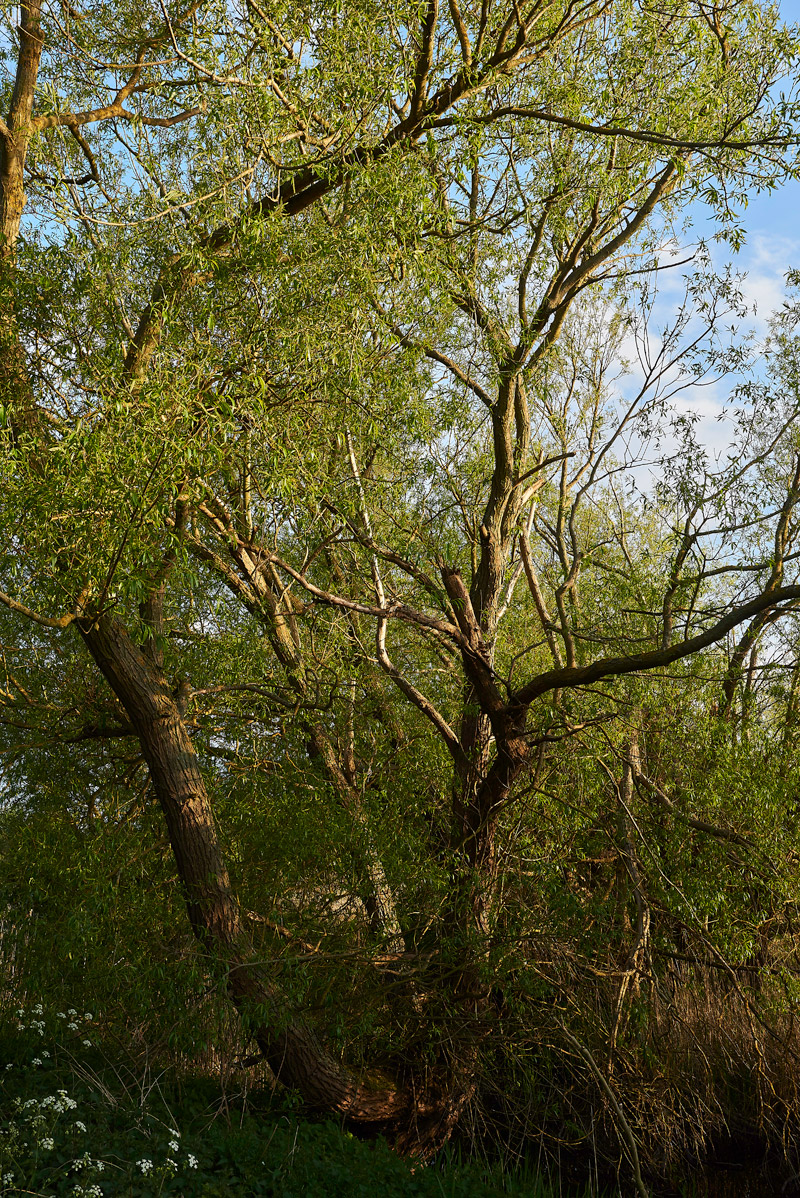
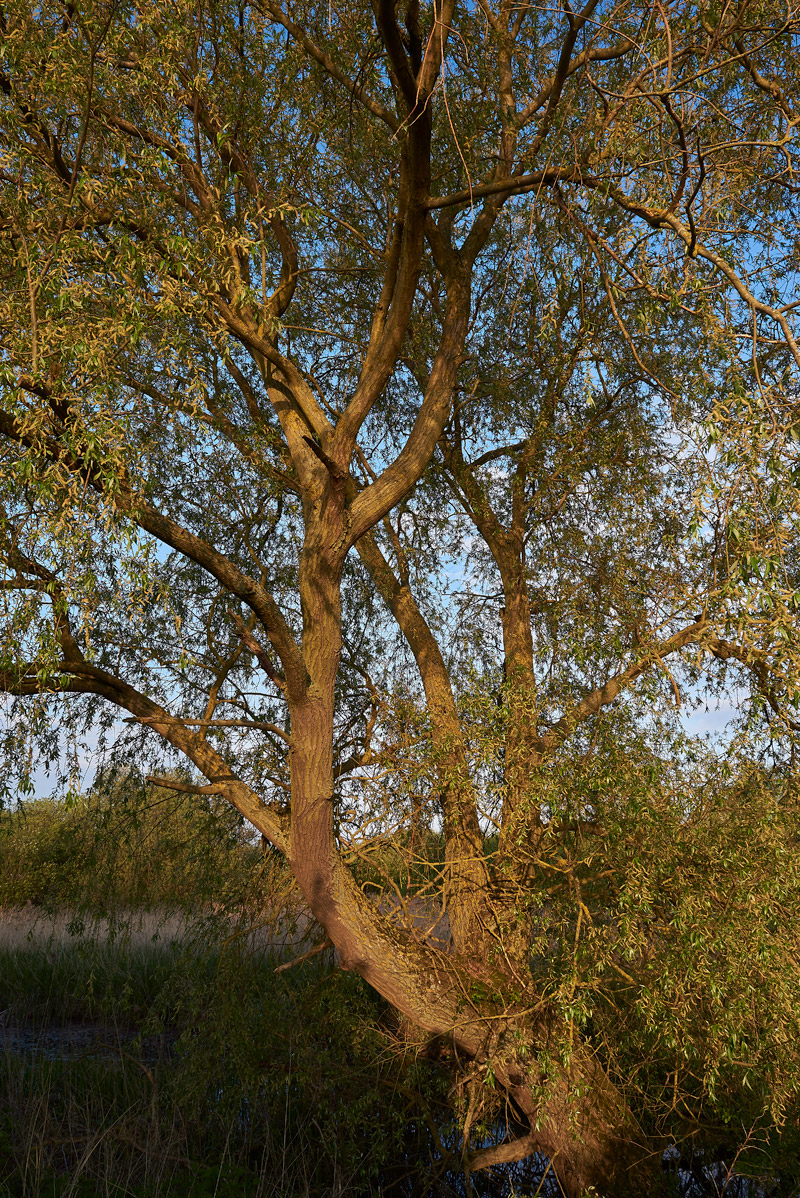
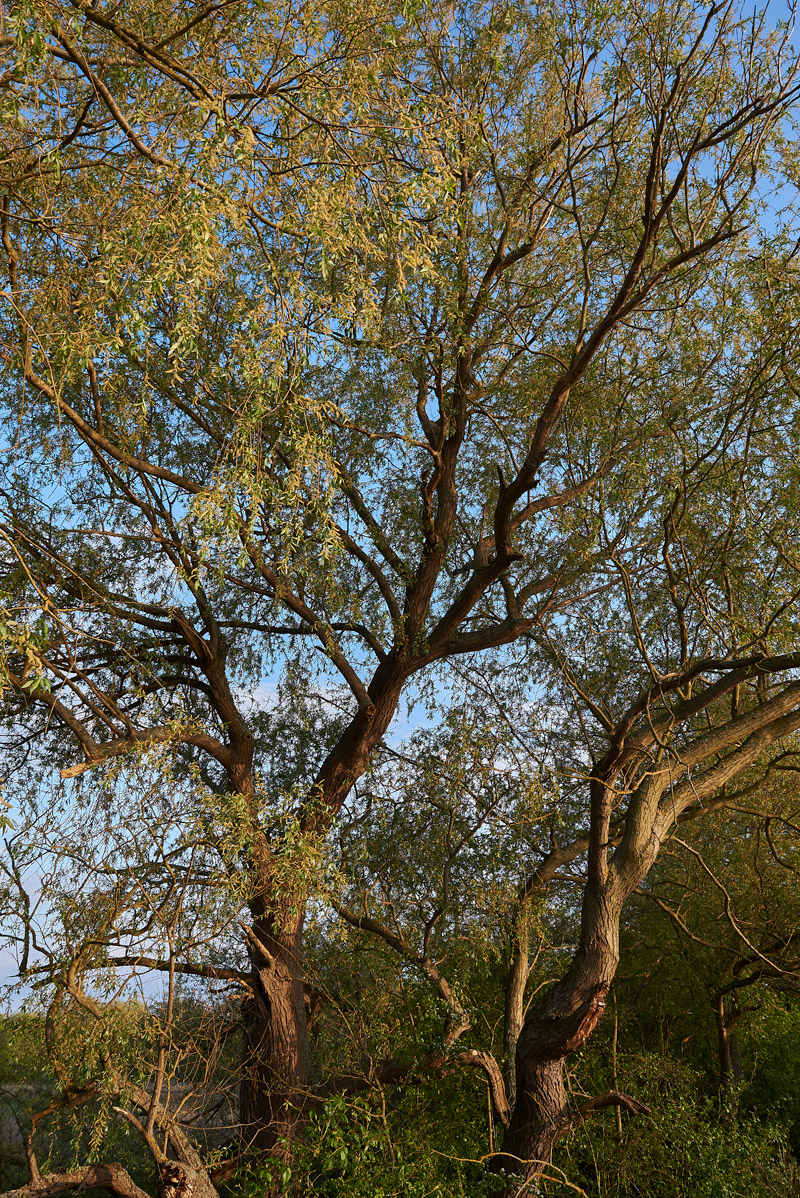
Beautiful old Crack Willows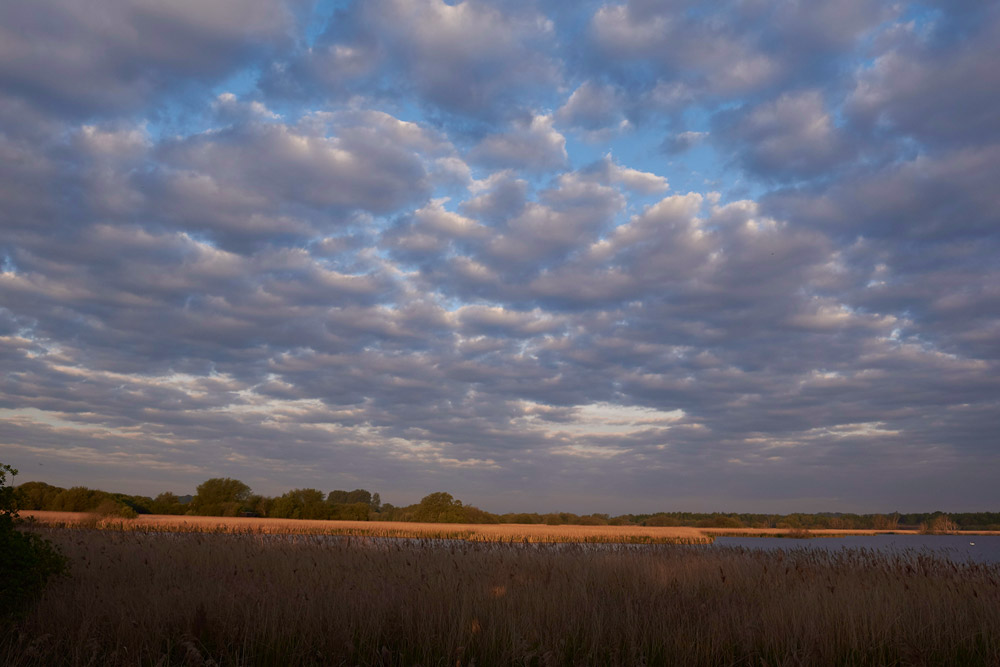
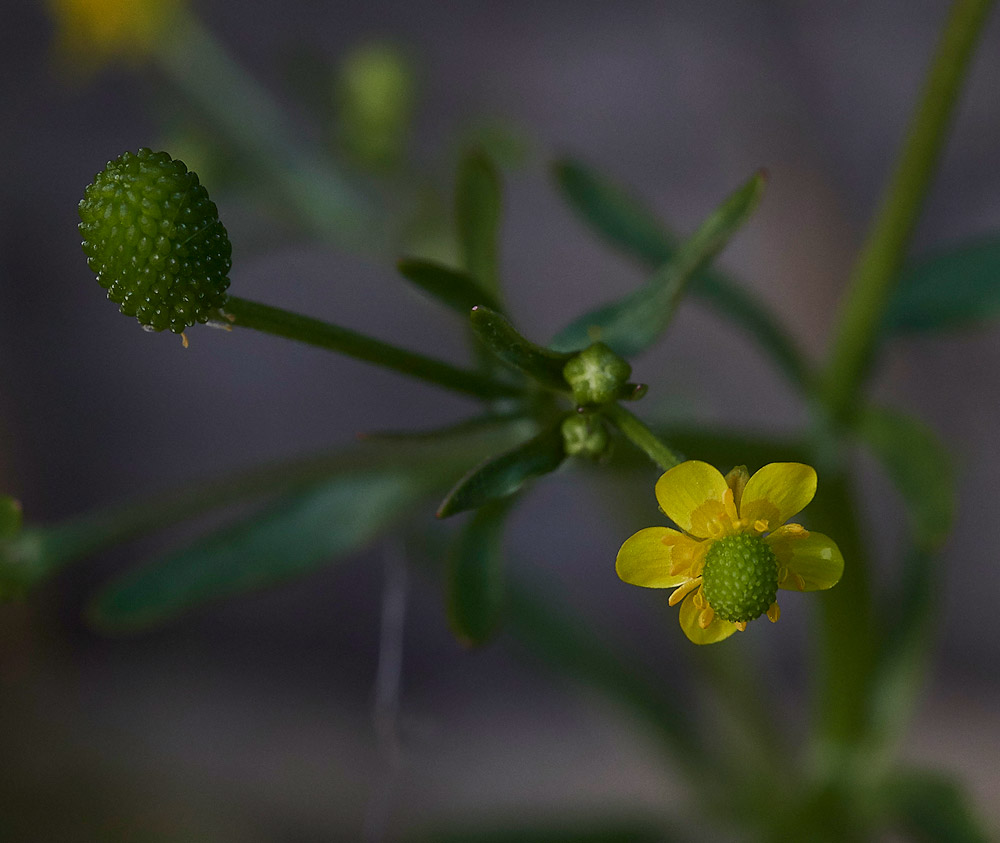
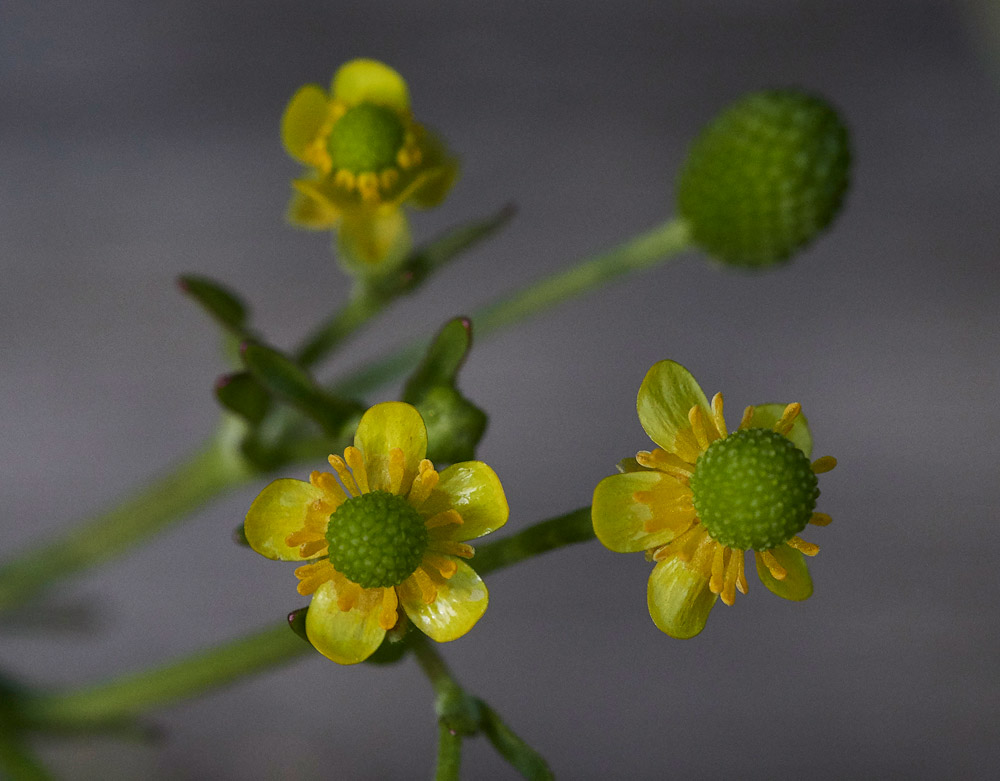
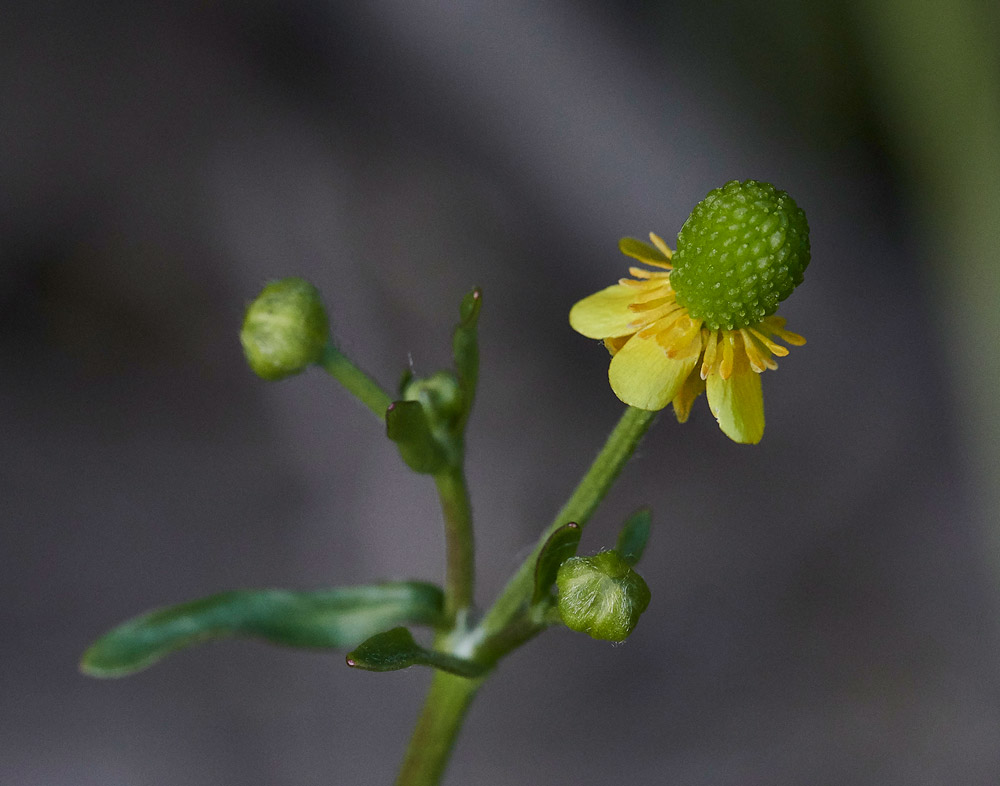
Celery-leaved Buttercup ( Ranunculus sceleratus )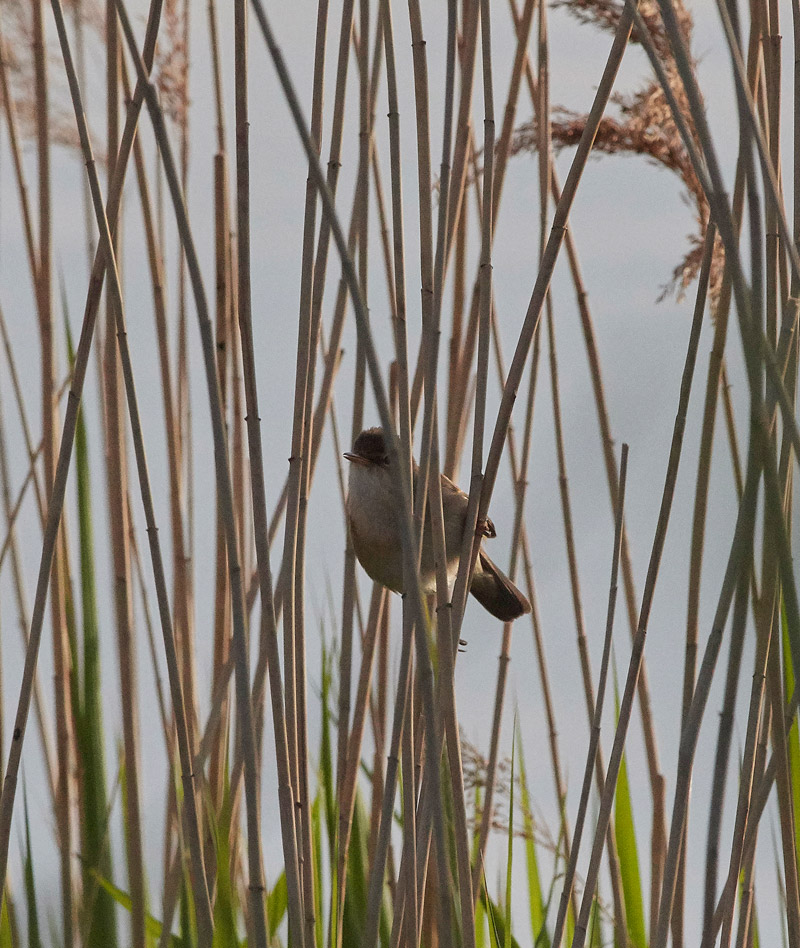
Reed Warbler - Acrocephalus scirpaceus, one of the many singing this morning.
Sedge Warbler
Cetti's Warbler
Which can be heard calling in the reedbed Dawn Chorus recording below.
Blackcap
Dawn Chorus in woodland at Stodmarsh
Dawn Chorus in the reedbed at Stodmarsh
Hobby and Marsh Harrier
On the lane down towards Stodmarsh are these tremendous woodlands full of Bluebells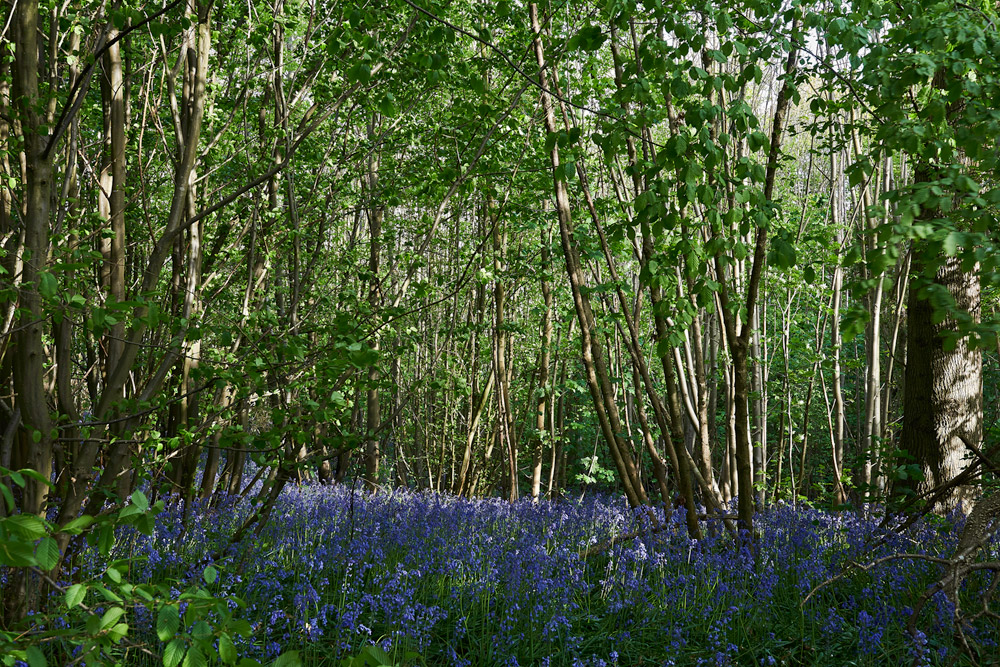
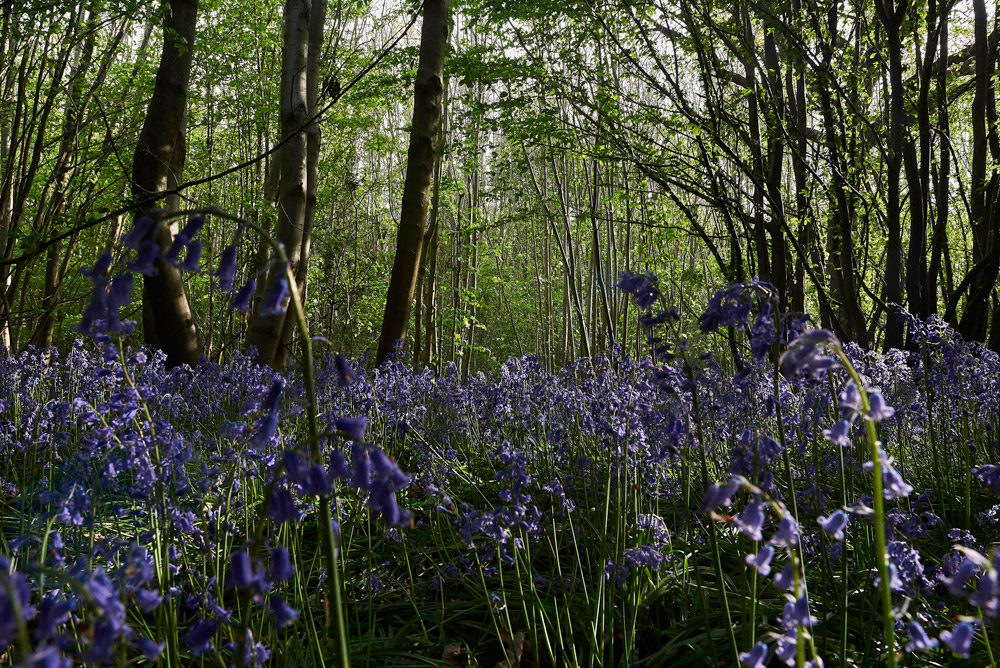
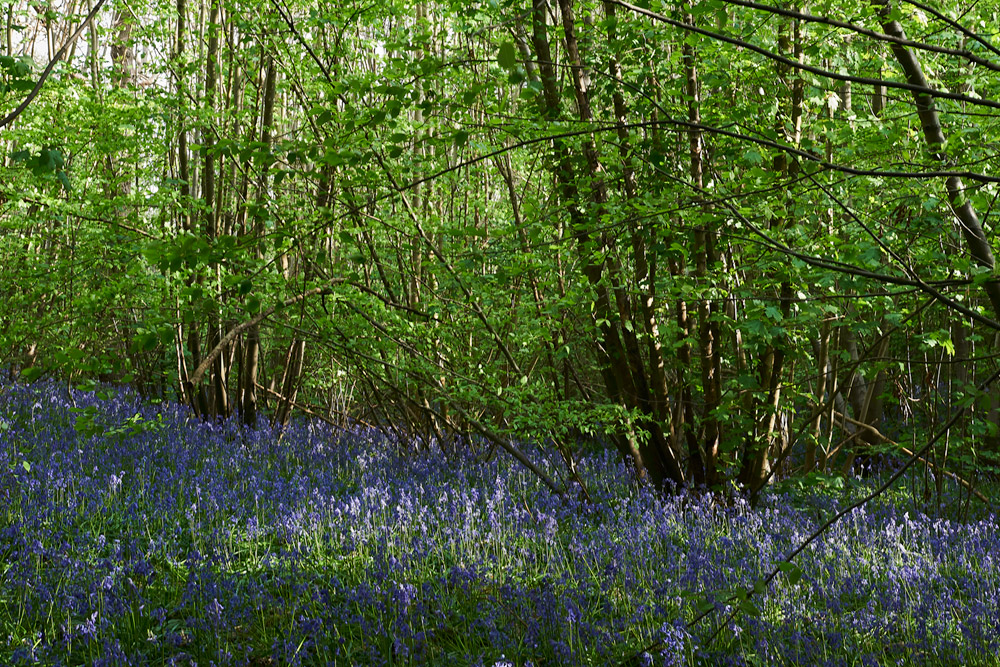
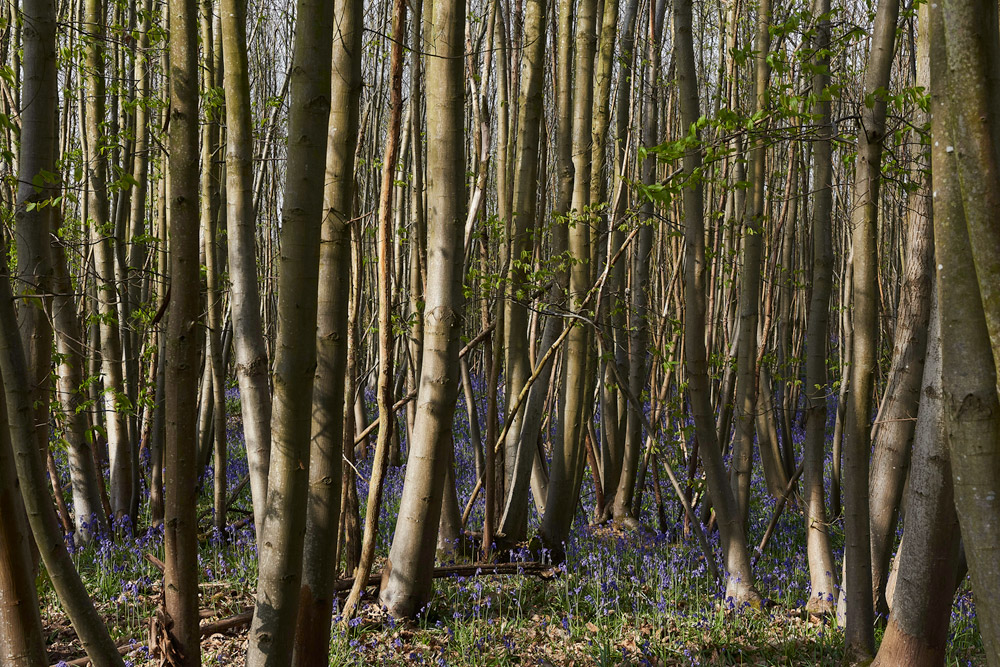
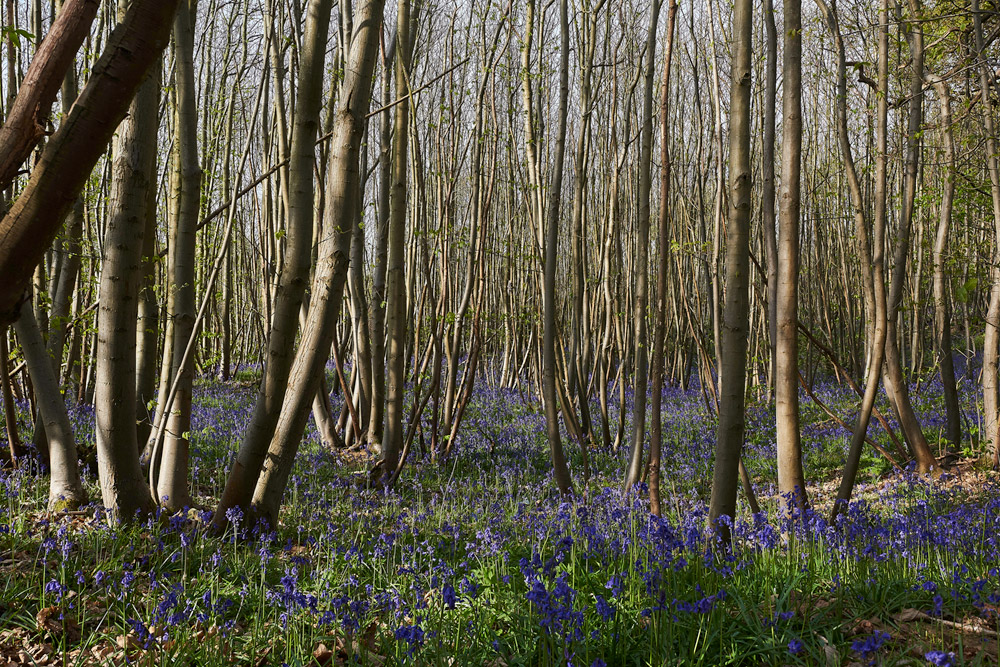
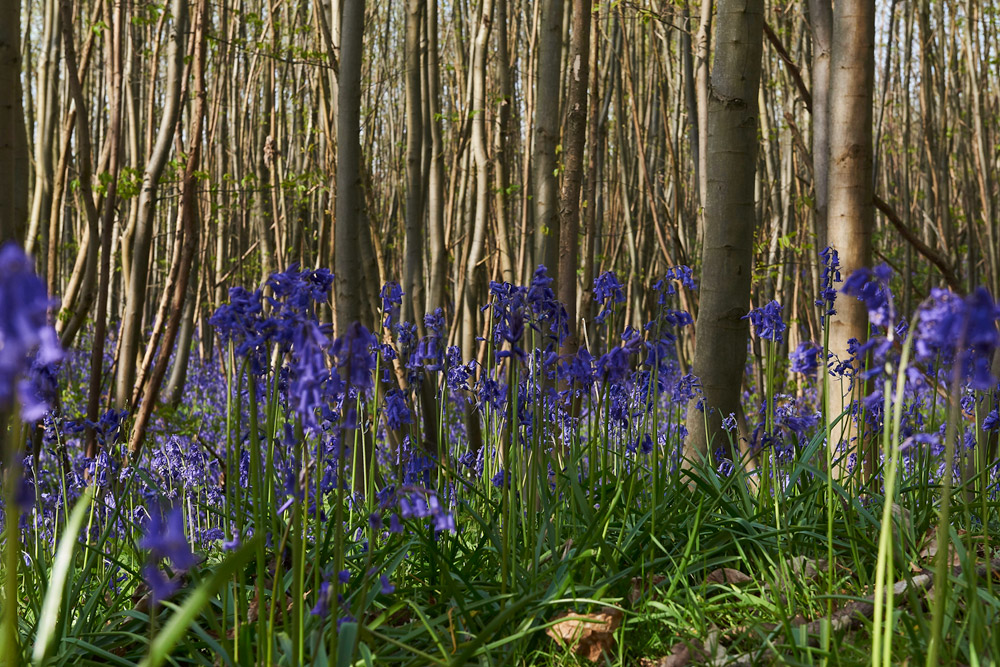
Lower Wood, Ashwellthorpe
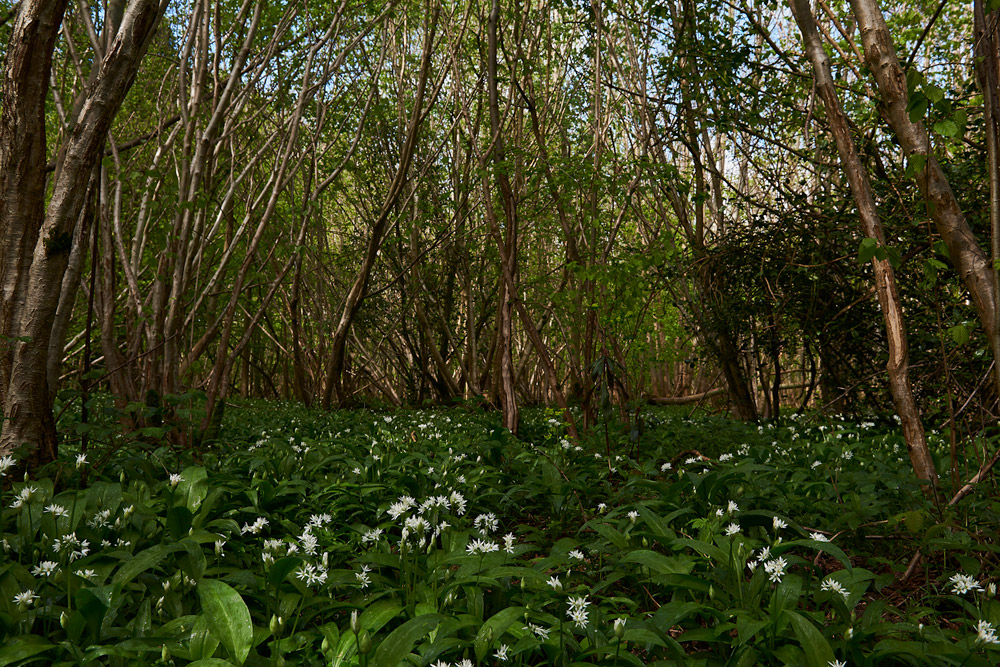
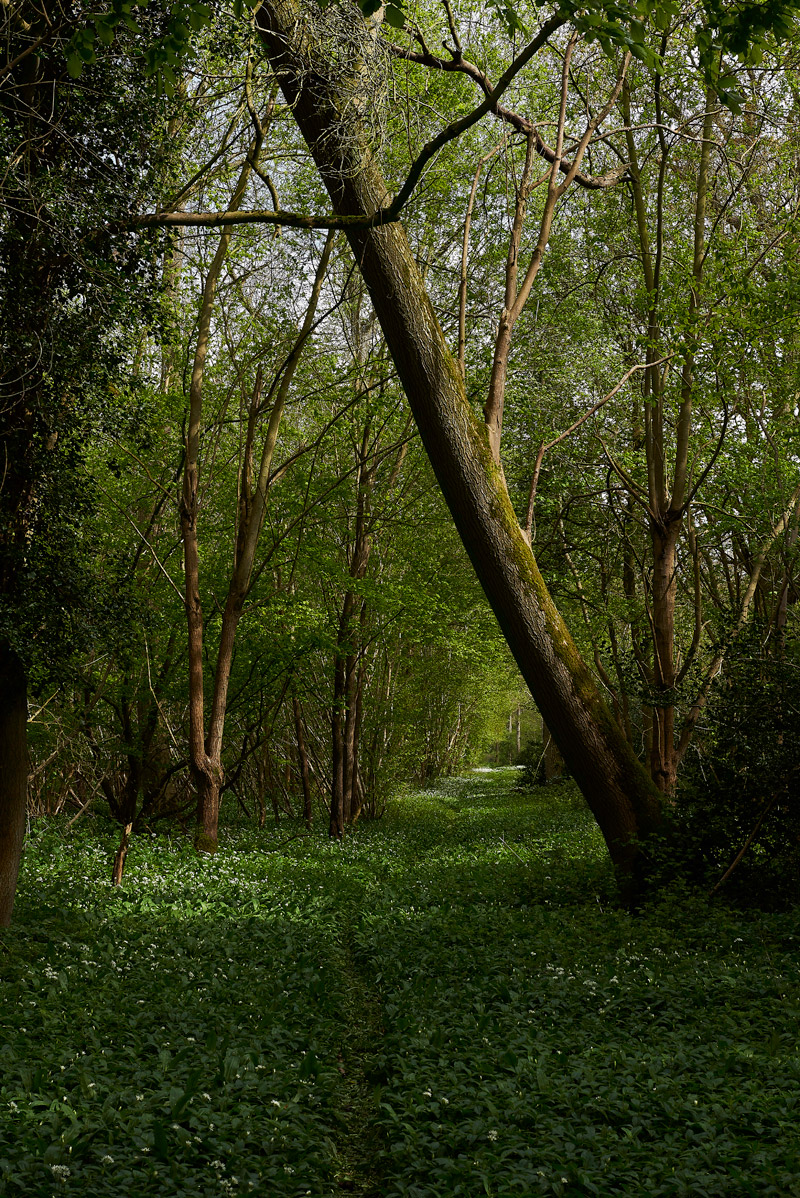

Lower Ashwelthorpe Wood is the Ramsoms capital of Norfolk.
Spectacular when the sun shone.
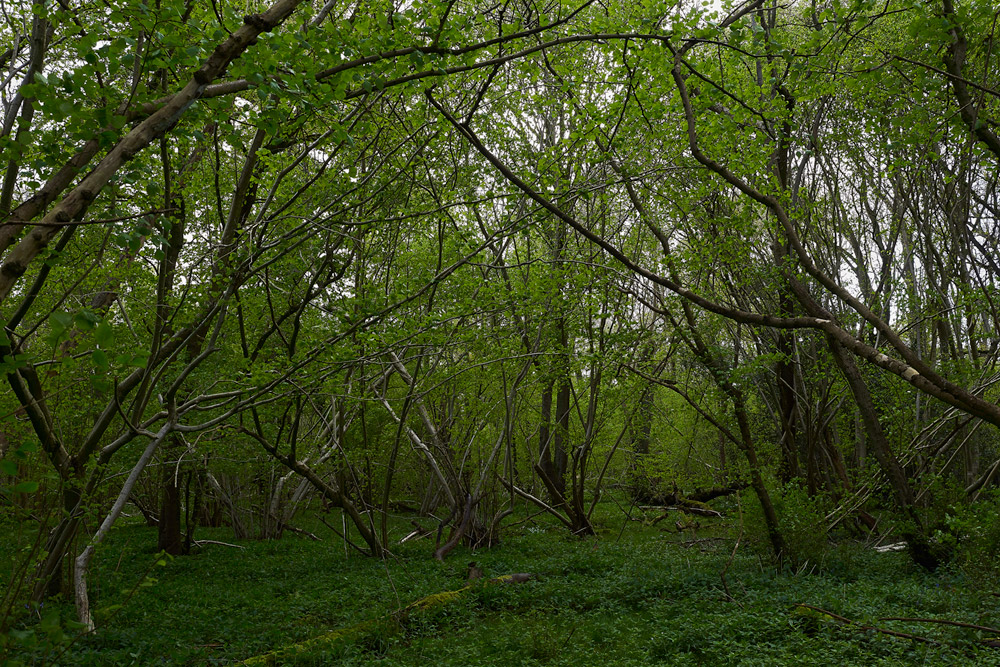



Superb old Oak - Quercus robur, at the entrance.
Norfolk Wildlife Trust - Lower Wood, Ashwellthorpe
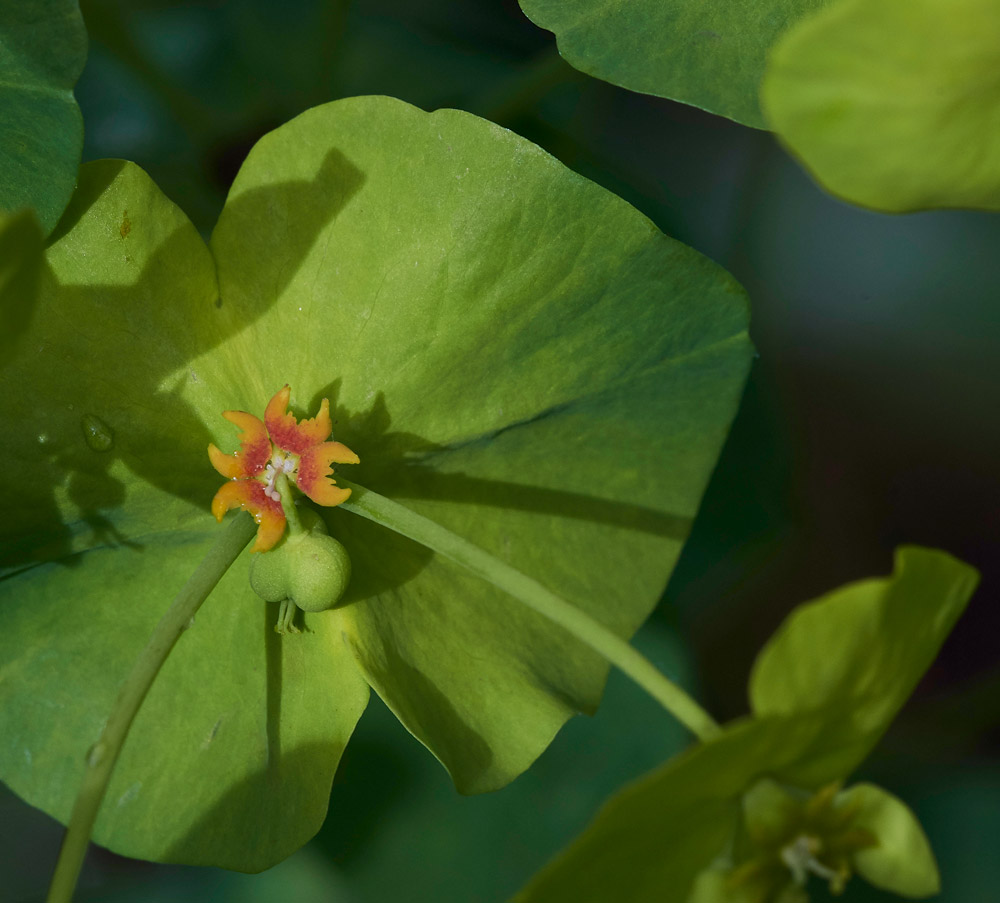
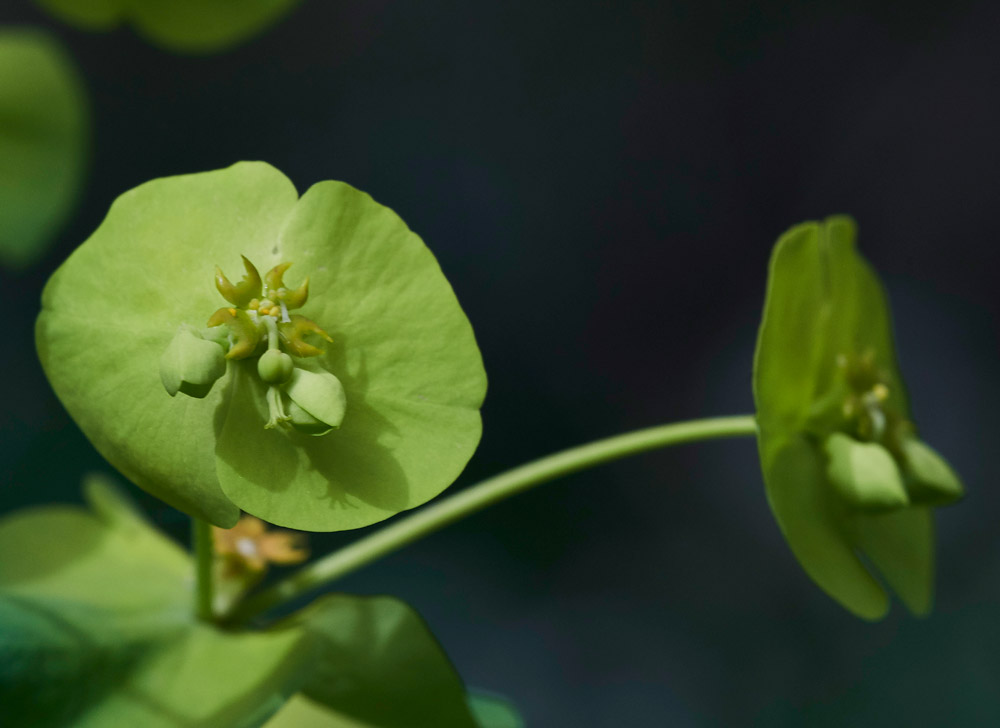
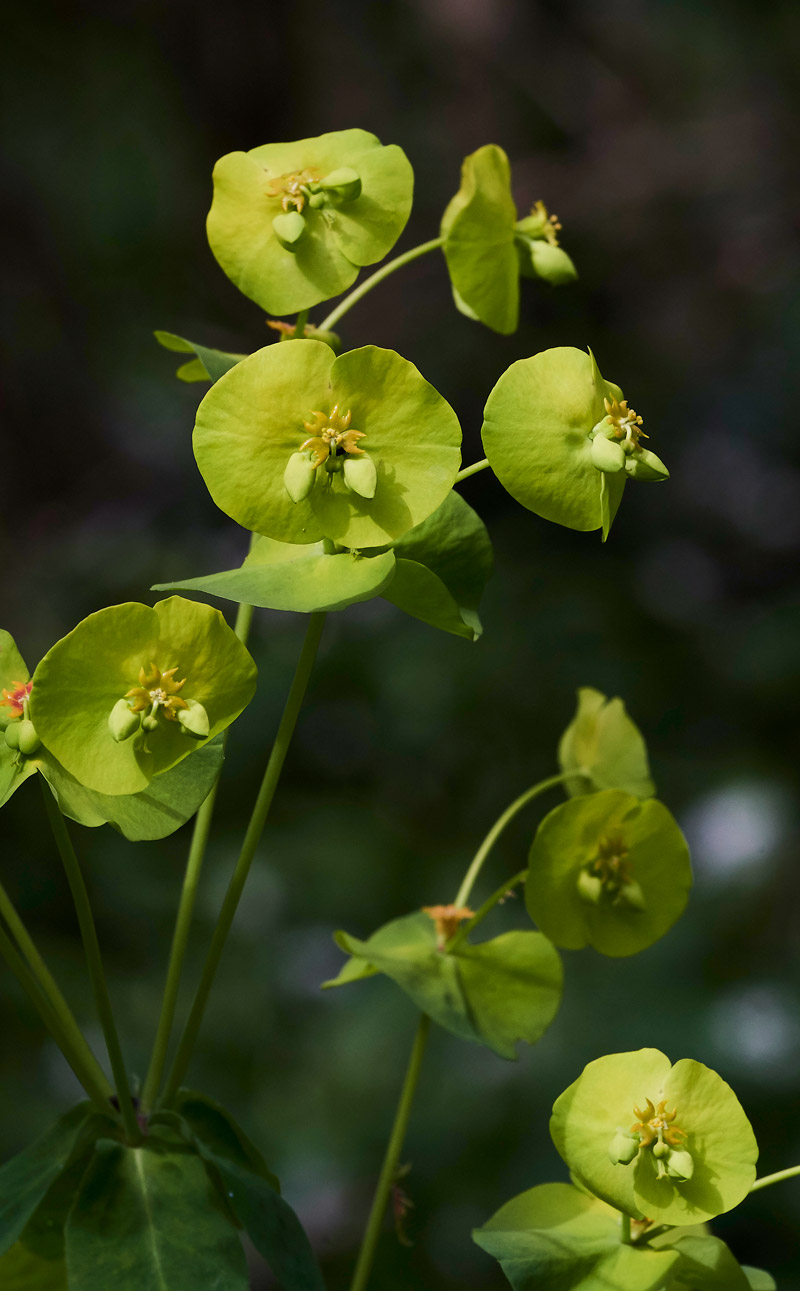
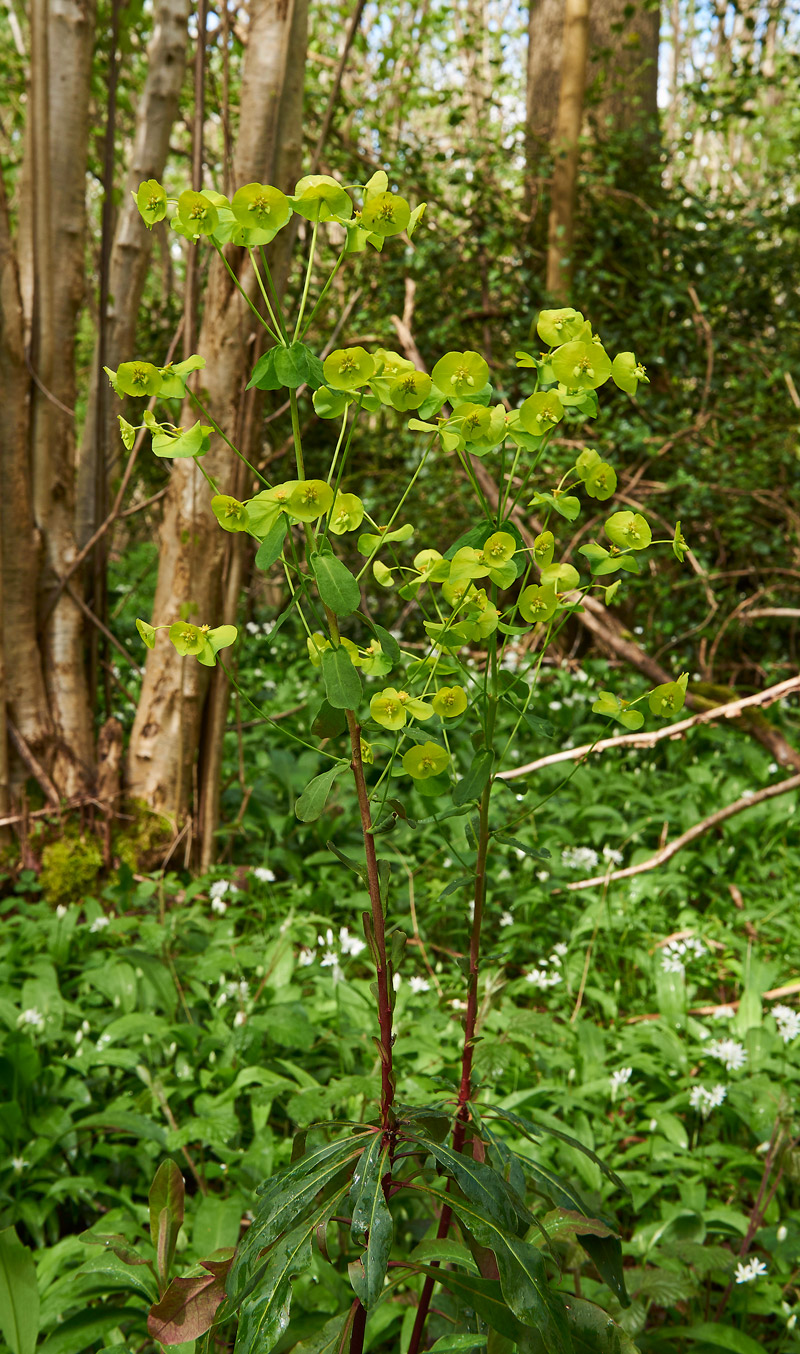
Wood Spurge - Euphorbia amygdaloides
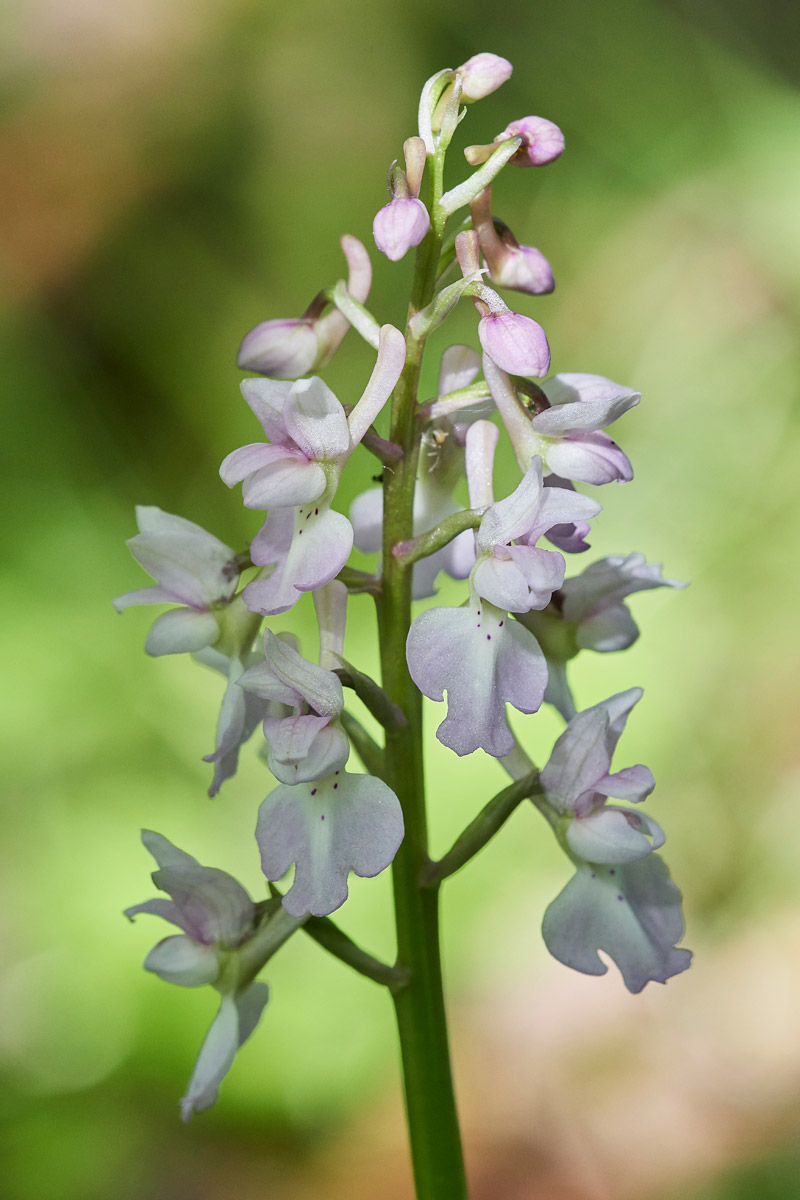
Early Purple Orchid - Orchis mascula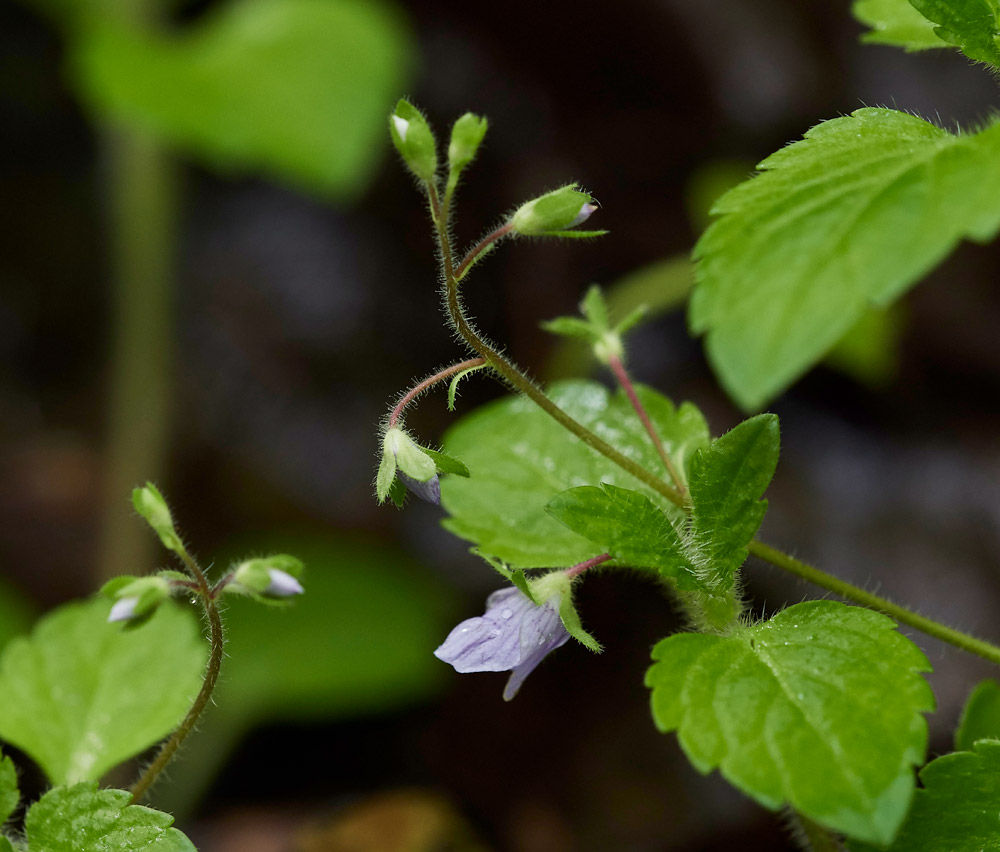
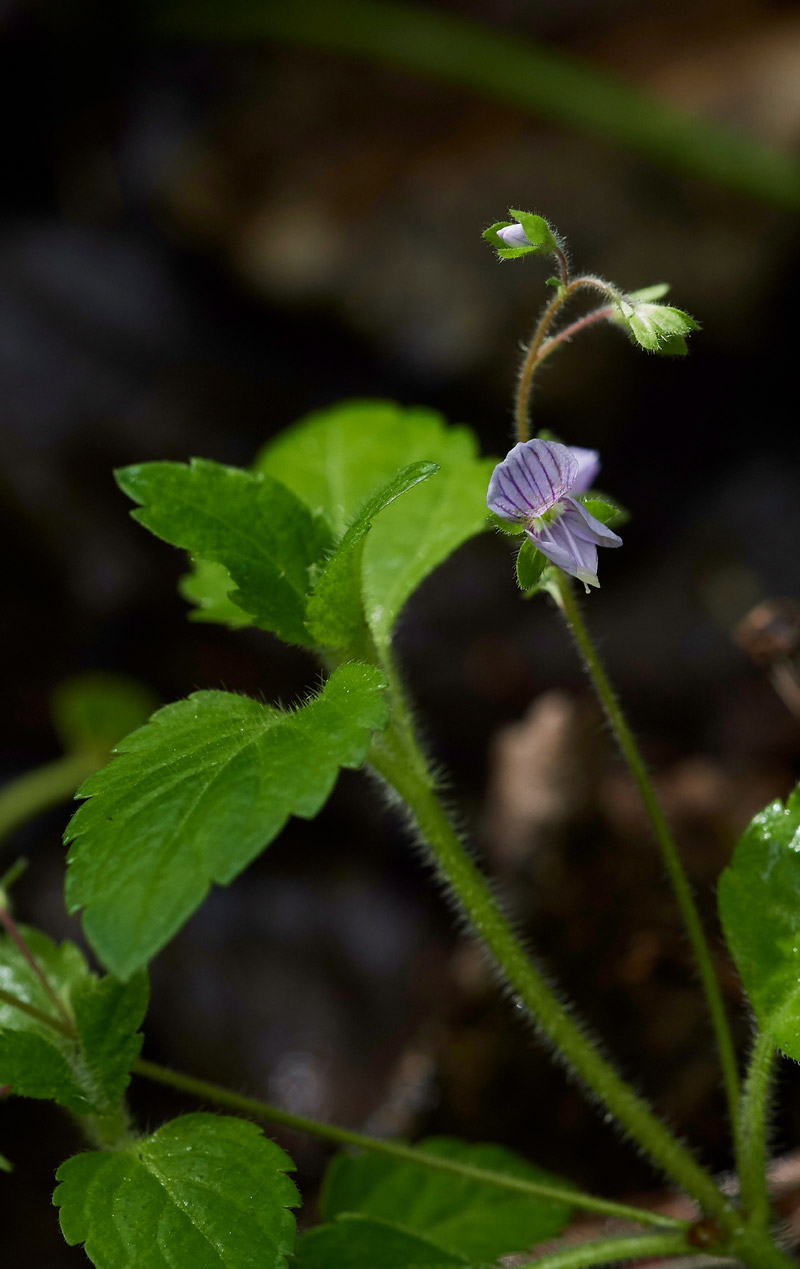


Wood Speedwell - Veronica montana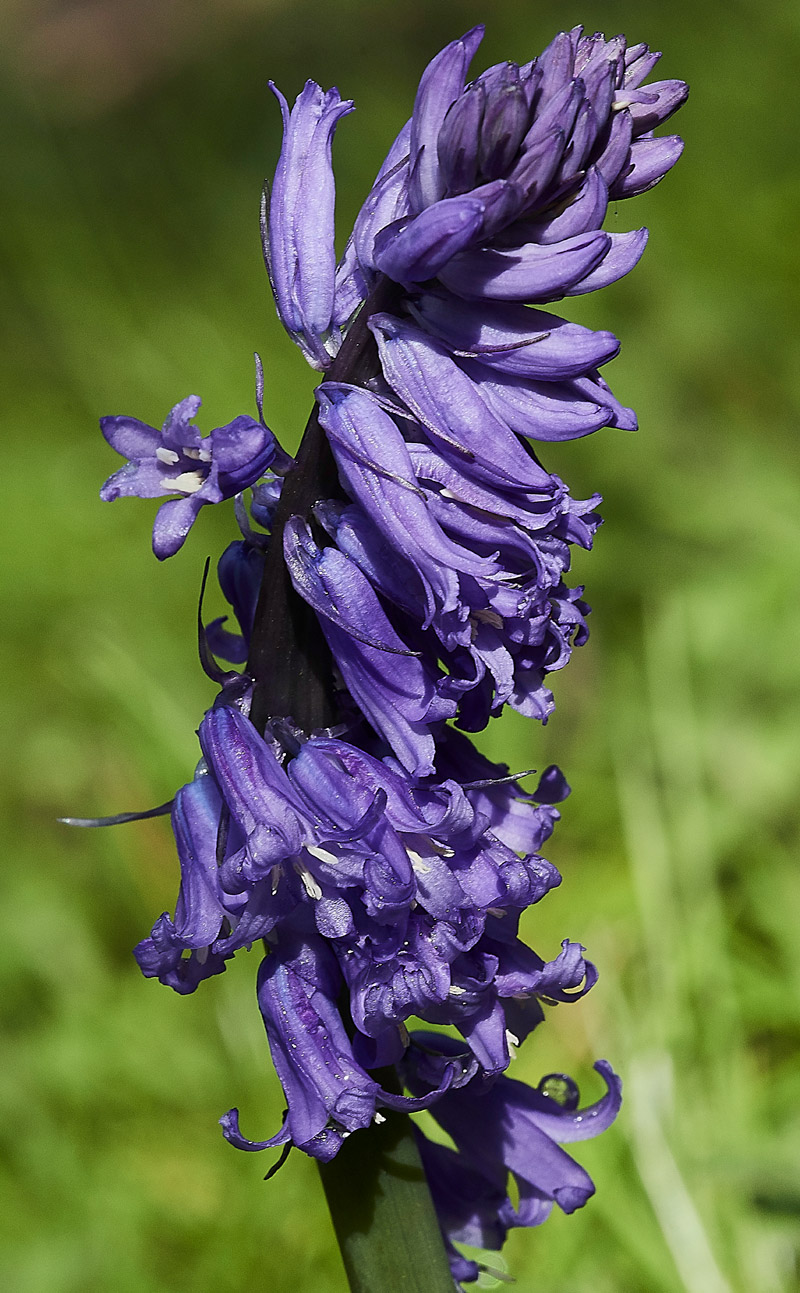
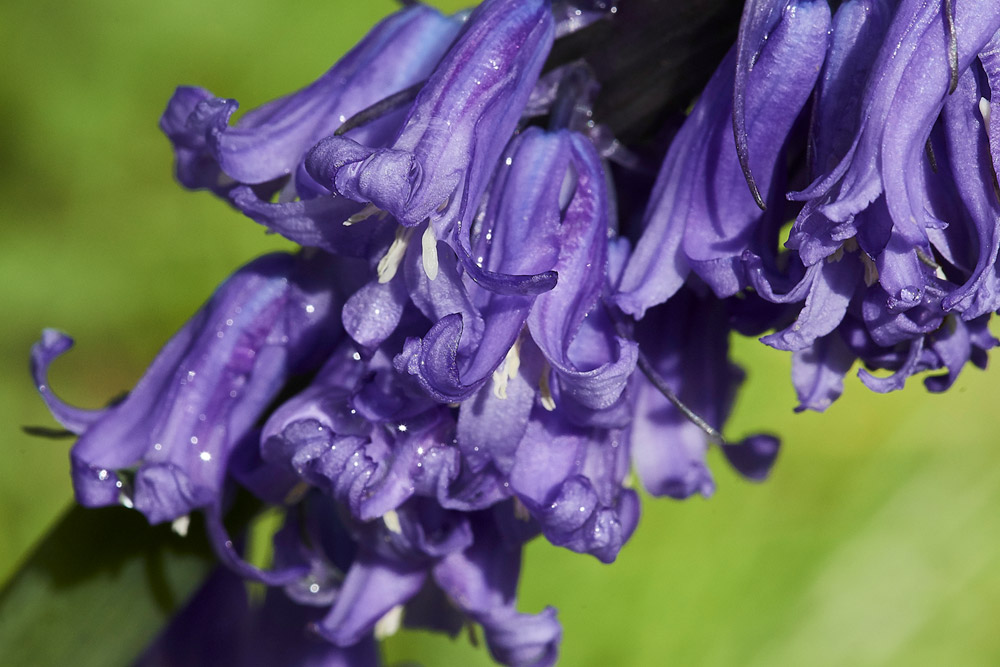
A very strange Bluebell - Hyacinthoides non-scriptum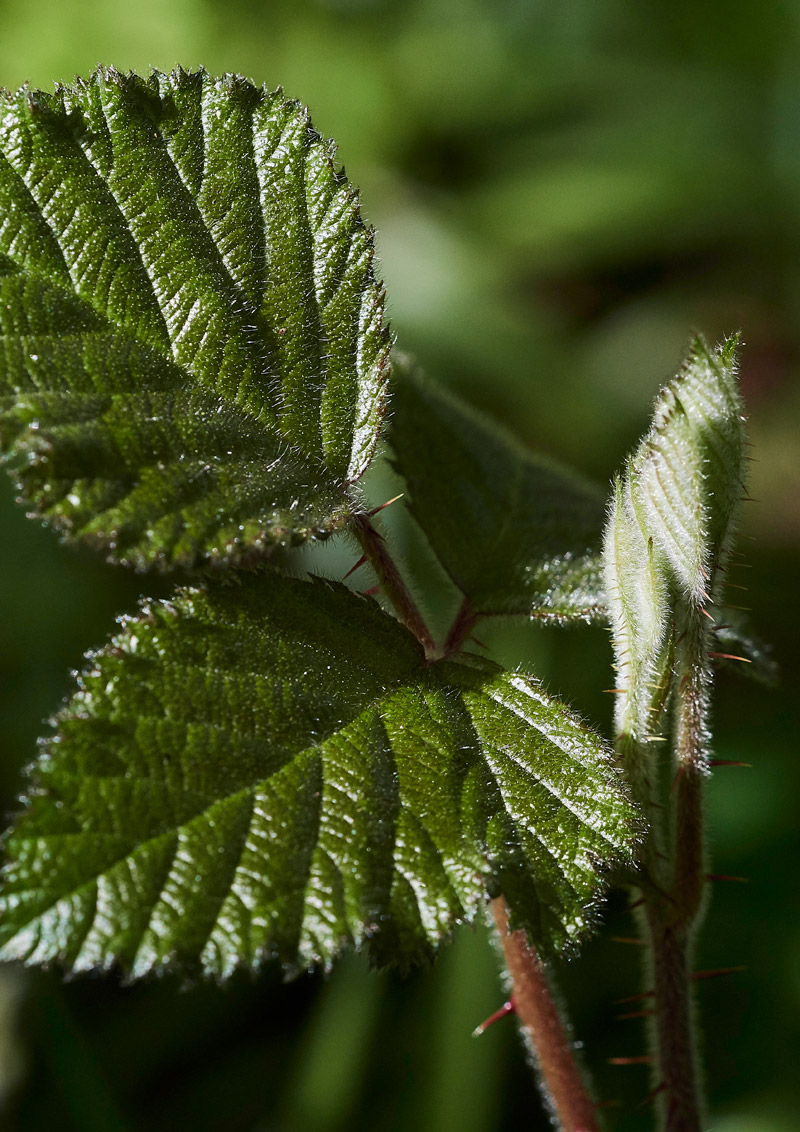
New growth on a Bramble.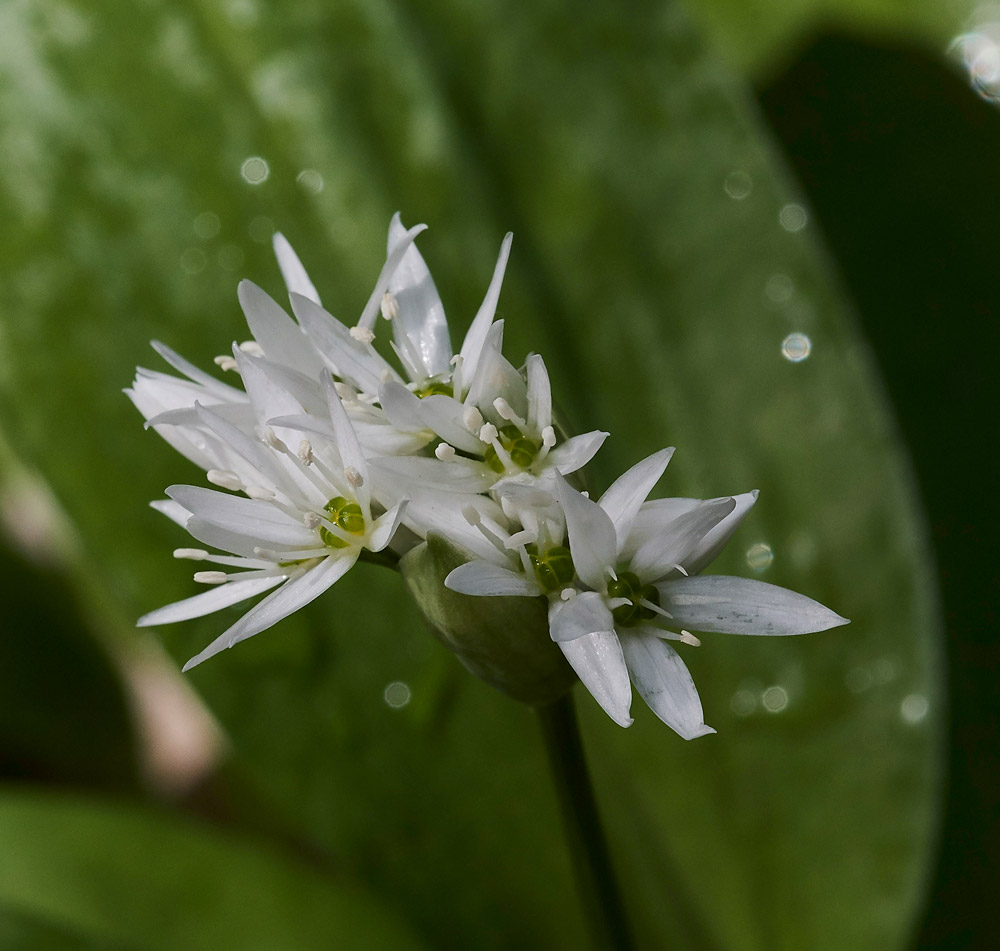
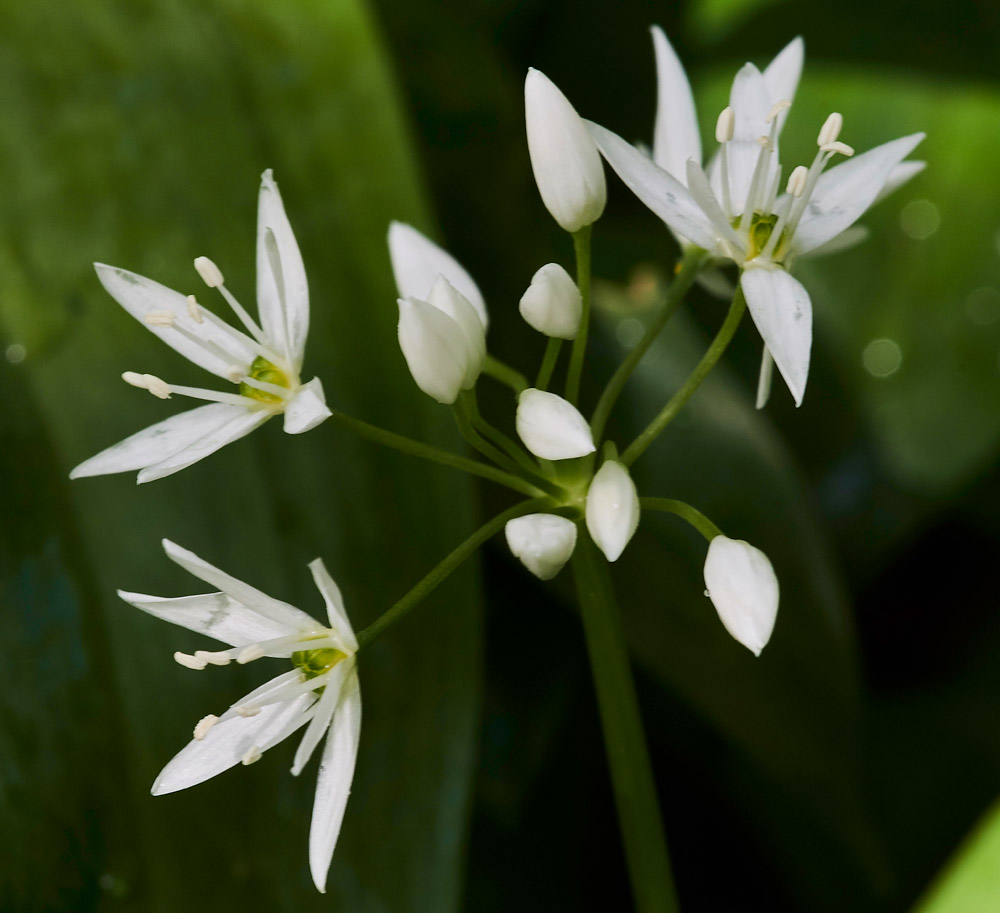
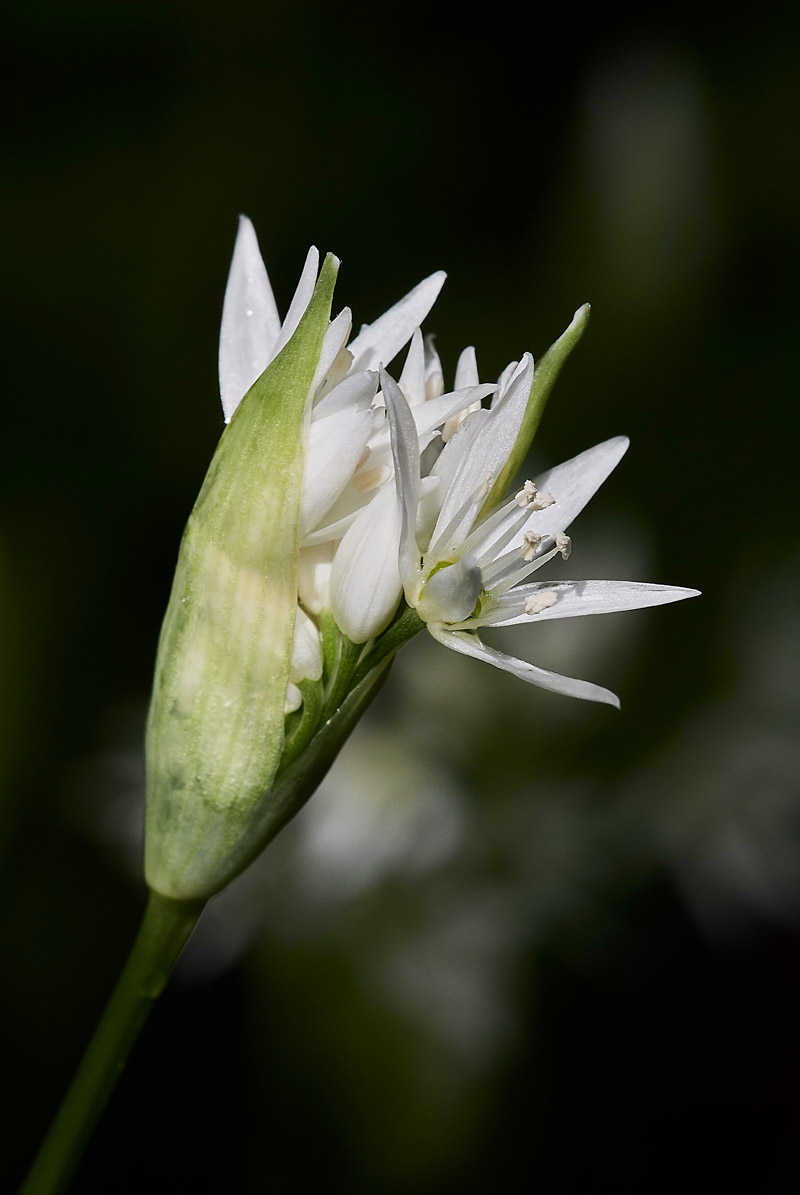

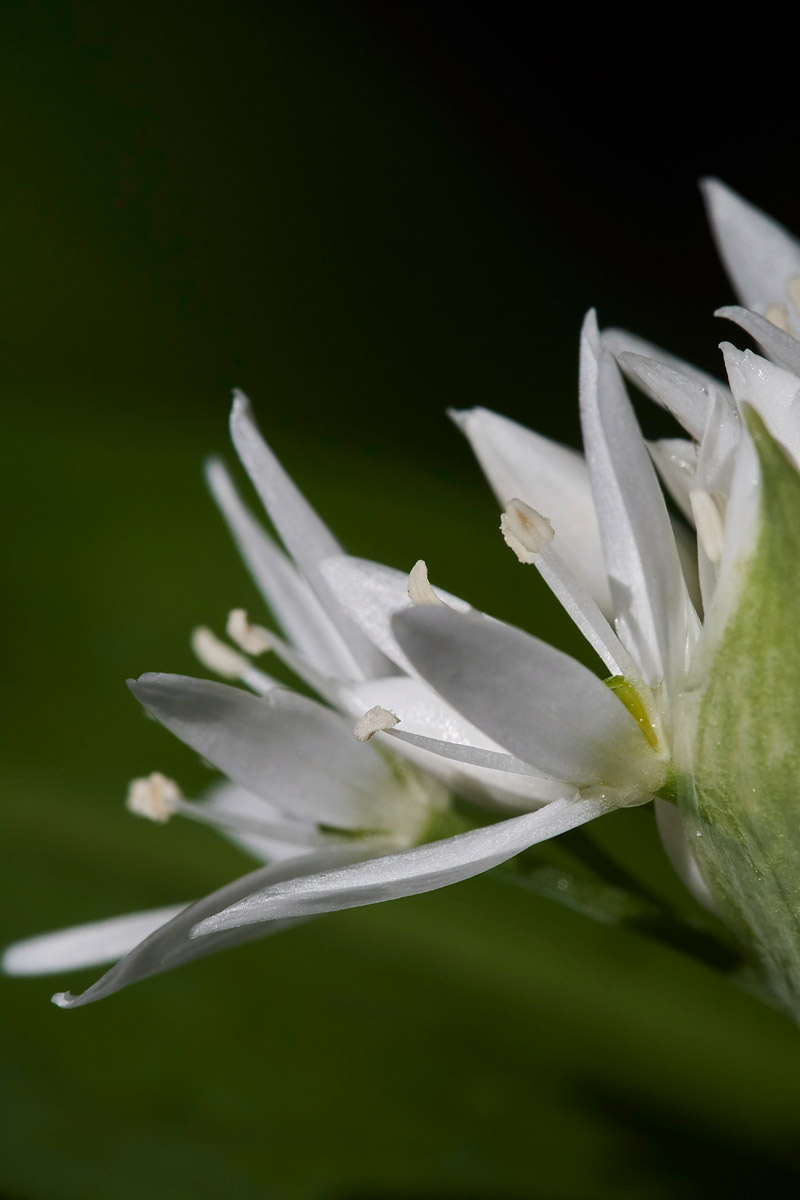
Ramsoms - allium ursinum up close.
Wood Sedge - Carex sylvatica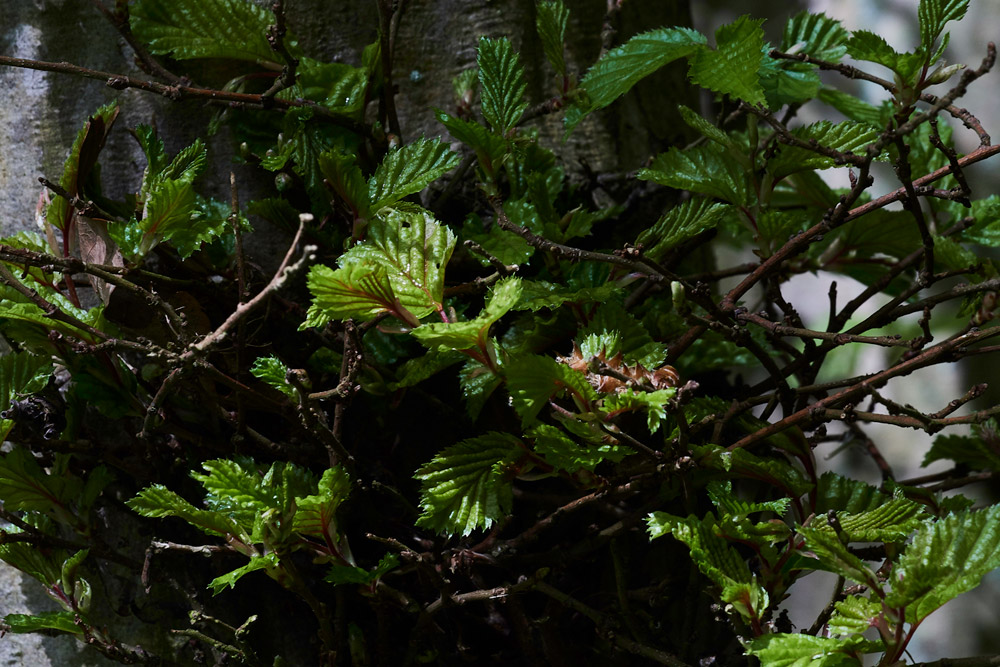
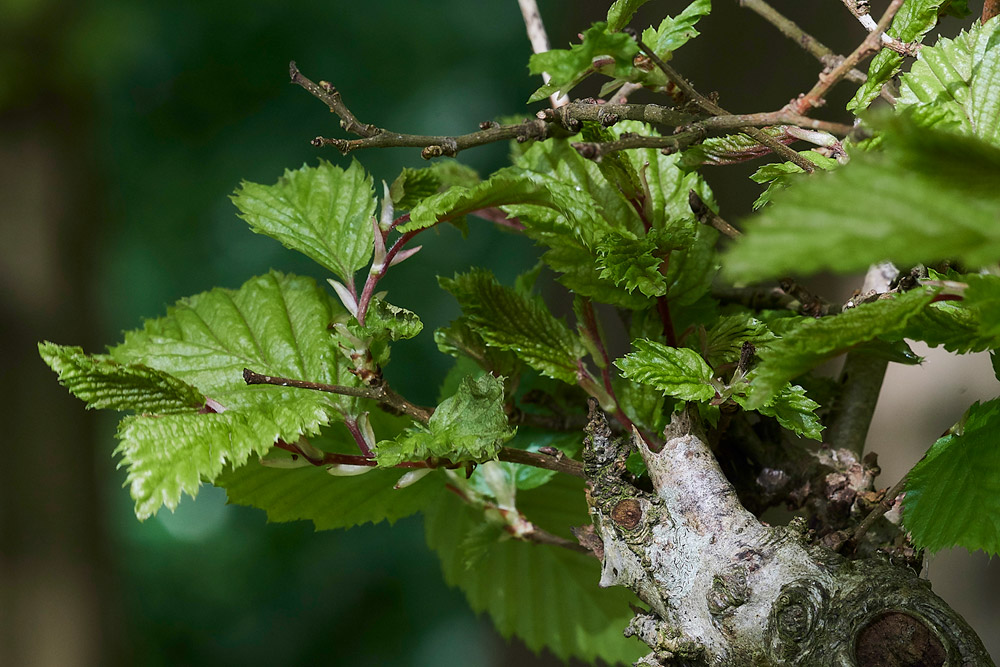
Lower Wood is an ancient woodland and has a high number of Hornbeam.
Hornbeam have these wonderful twig clusters on the trunk.
Blickling Park
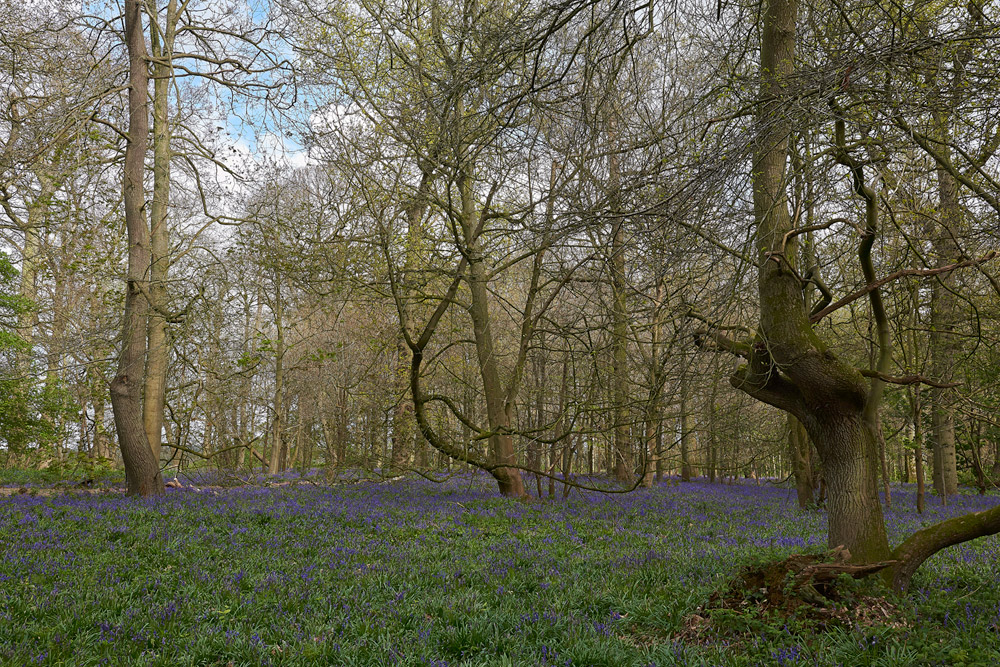
Carpet of Bluebells - Hyacinthoides non-scripta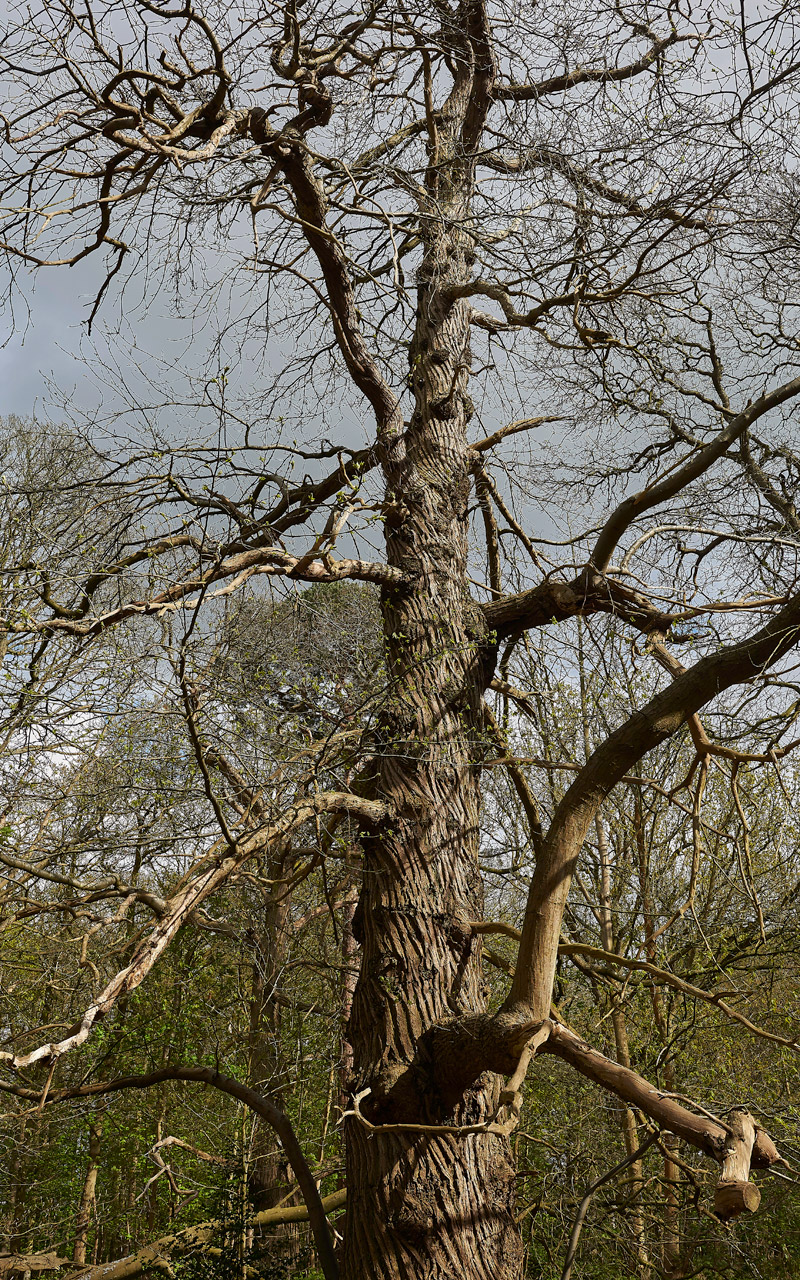

The twists and turns of Sweet Chestnut trunks. - Castanea sativa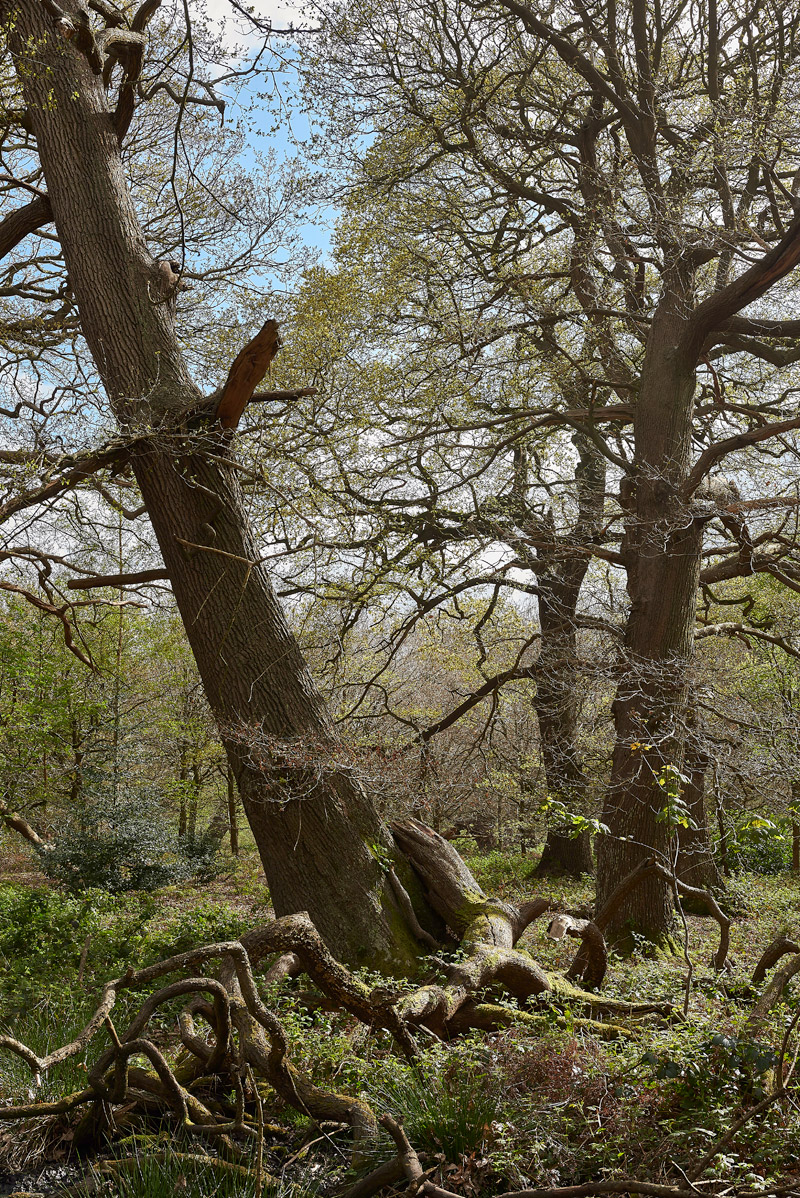
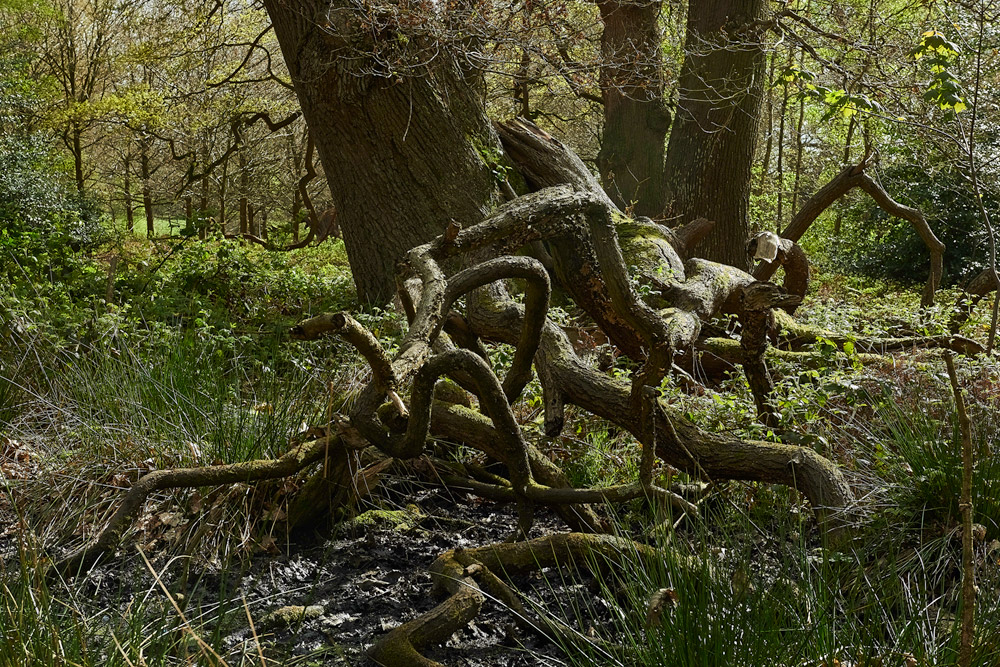
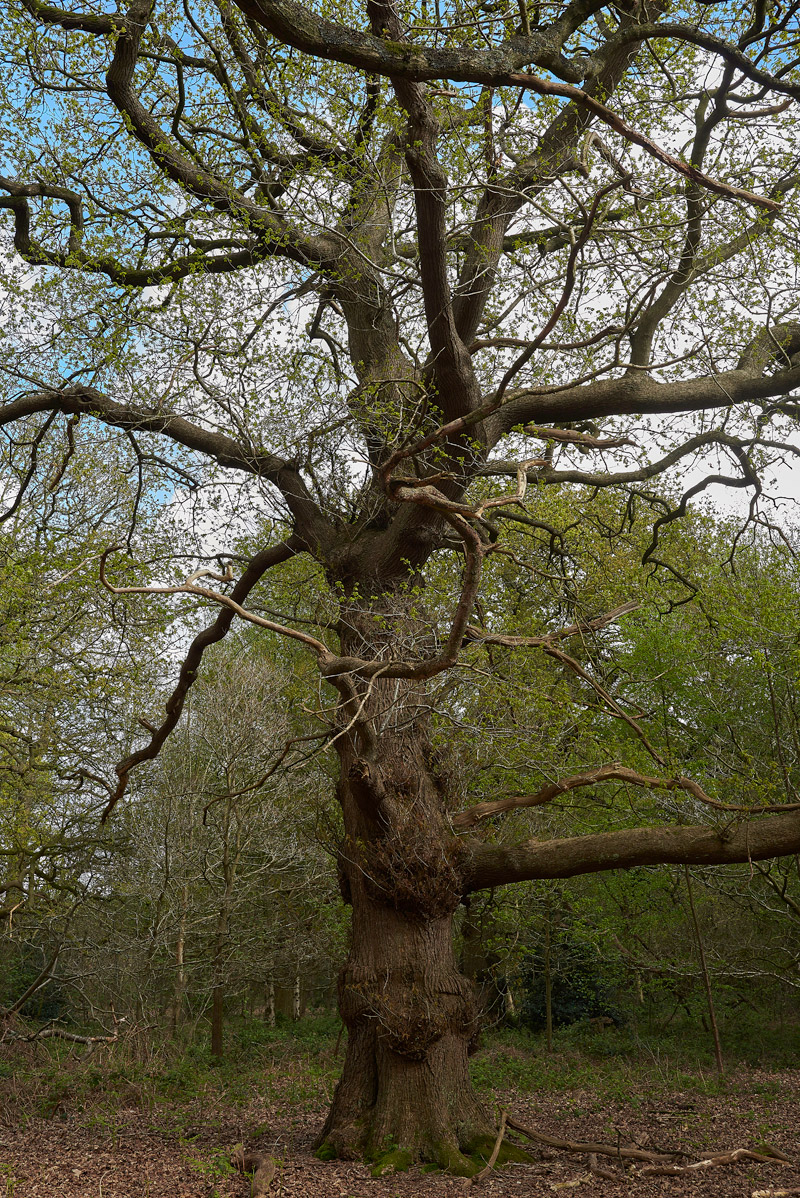
Oak - Quercus roubar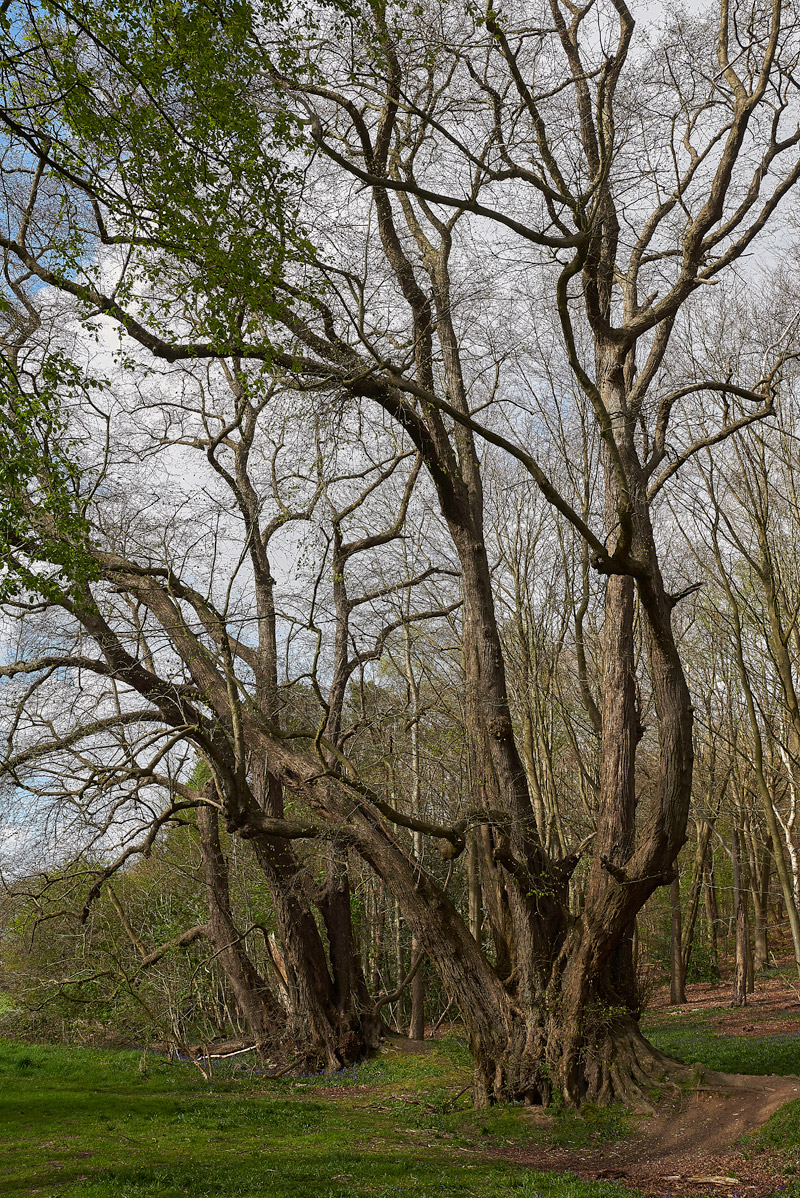
Common Lime - Tilia x europea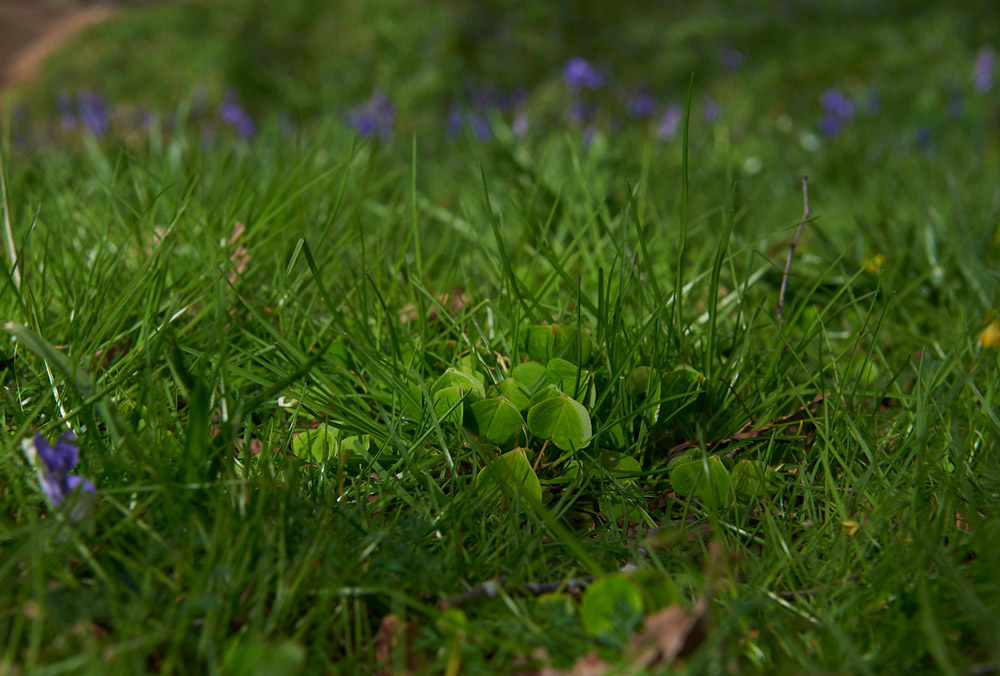
Wood Sorrell leaves in the grass - Oxalis acetosela
Wayland Wood
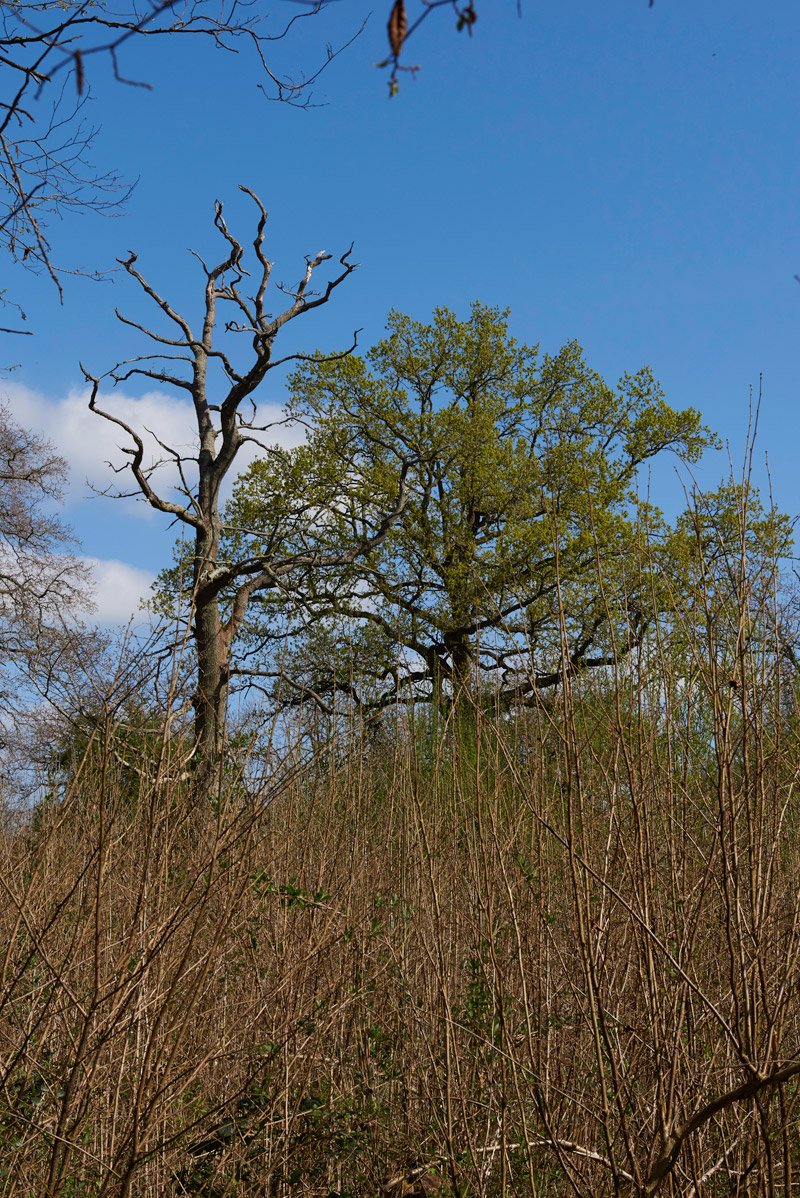
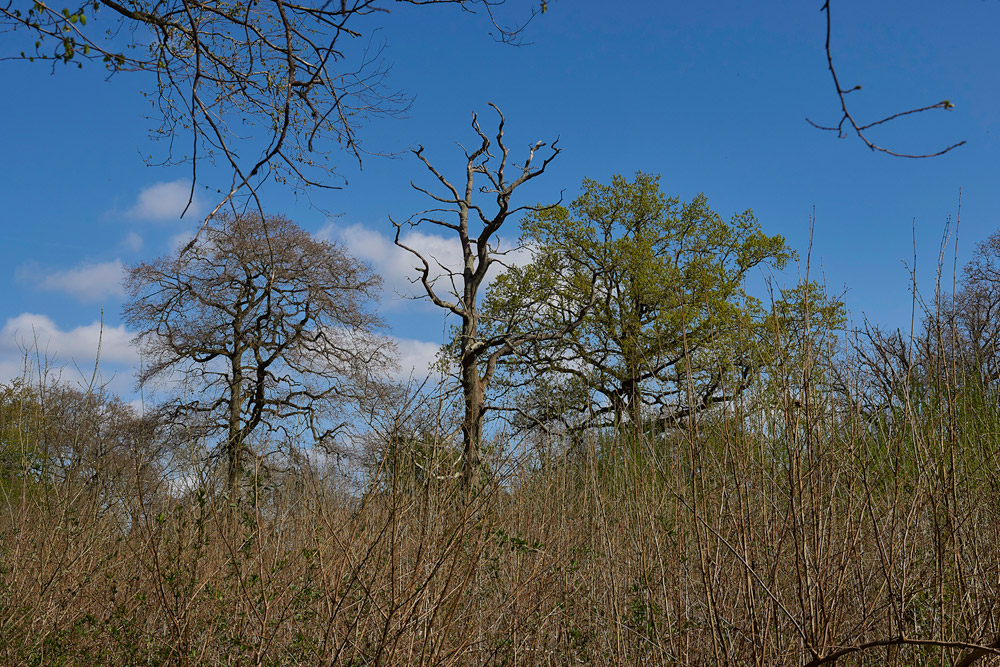
Oaks just coming into leaf and flower
Hazel coppice stool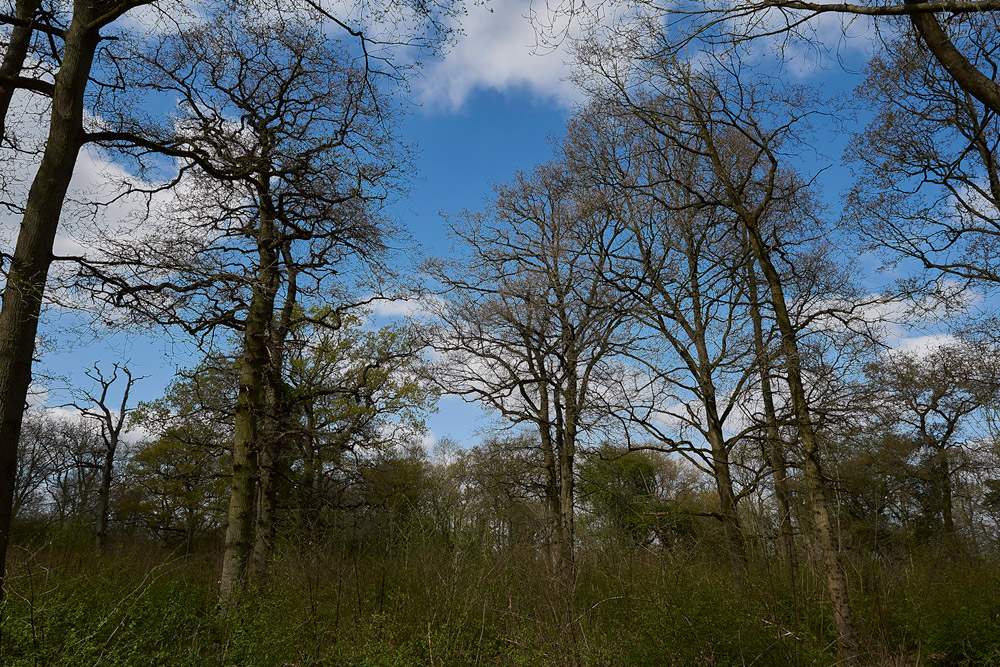

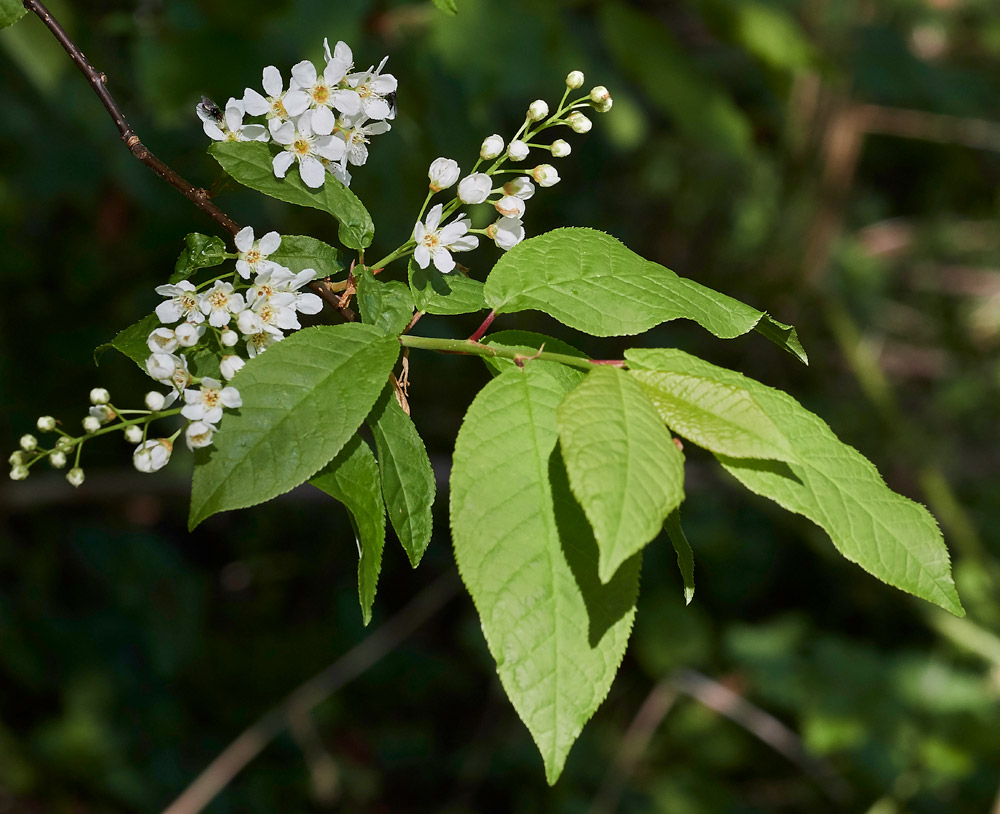
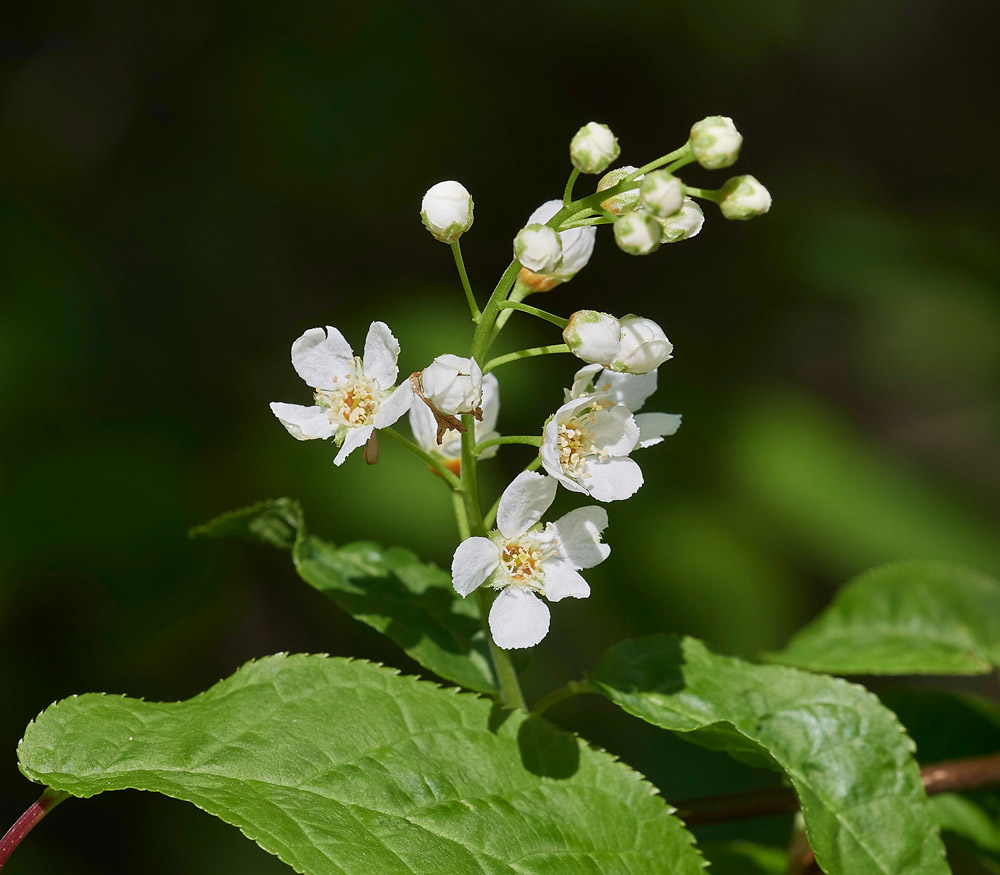
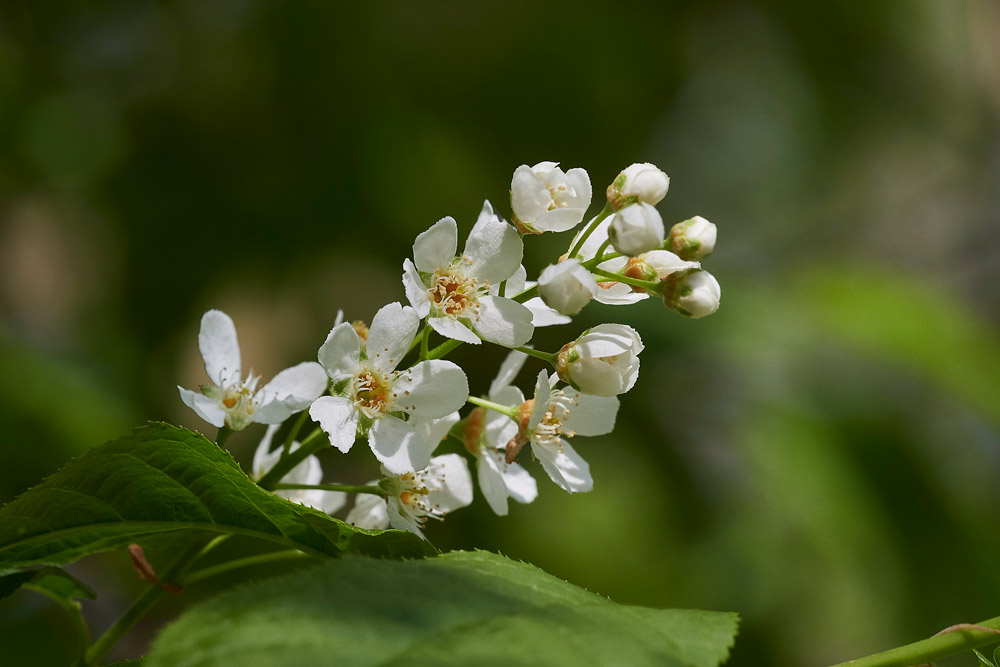
Bird Cherry - Prunus padus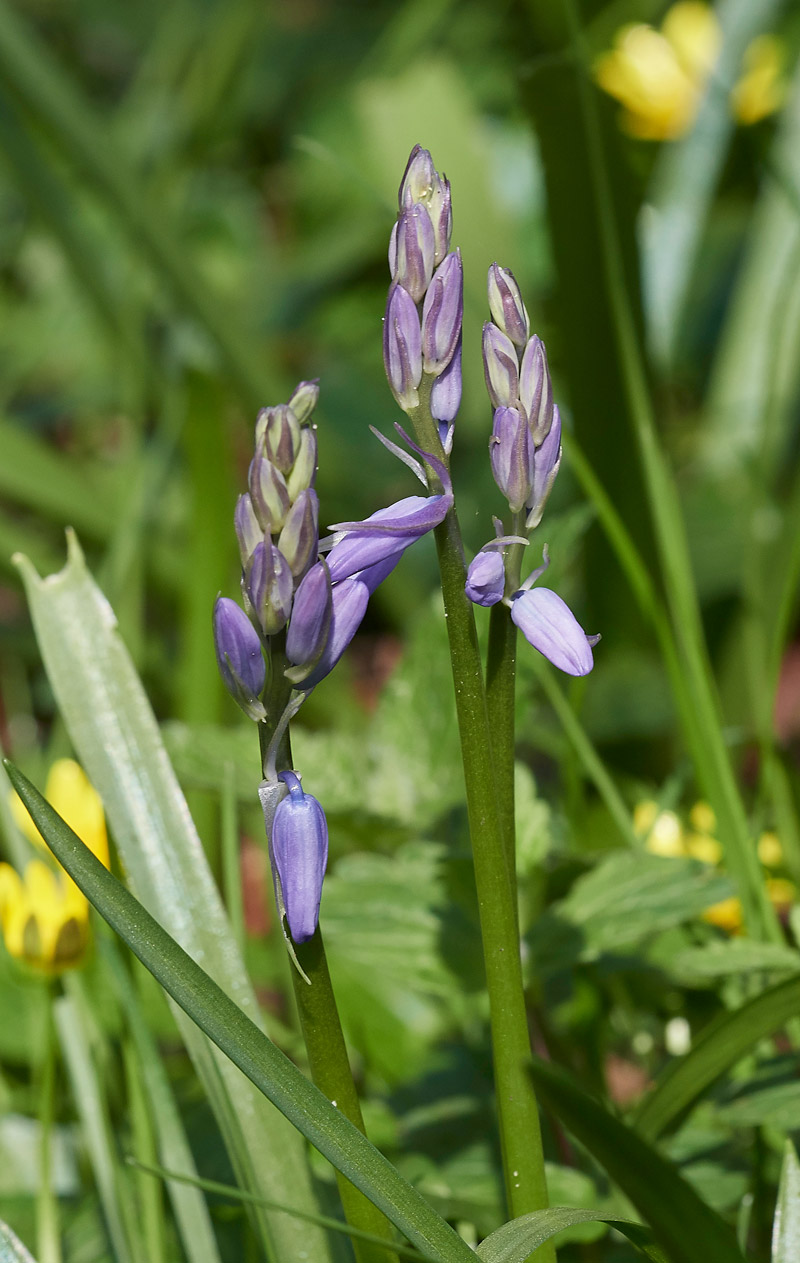
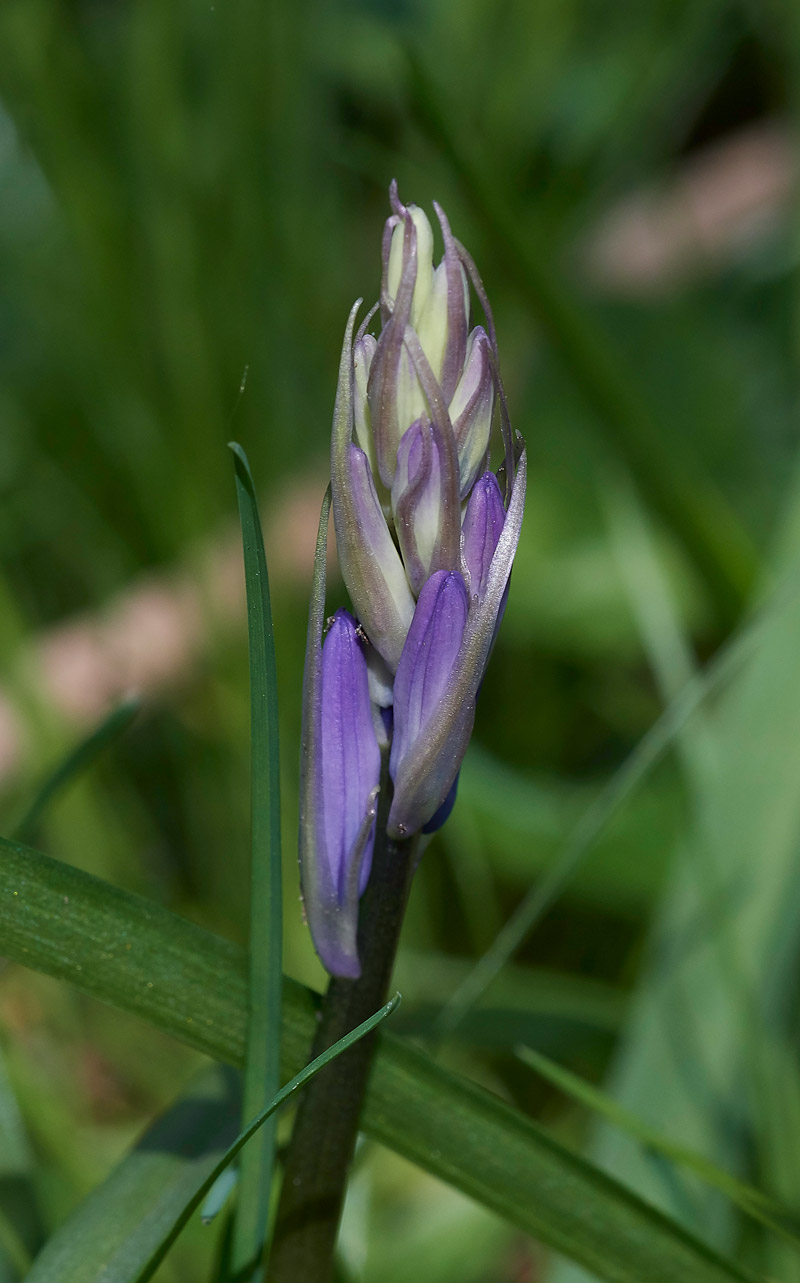
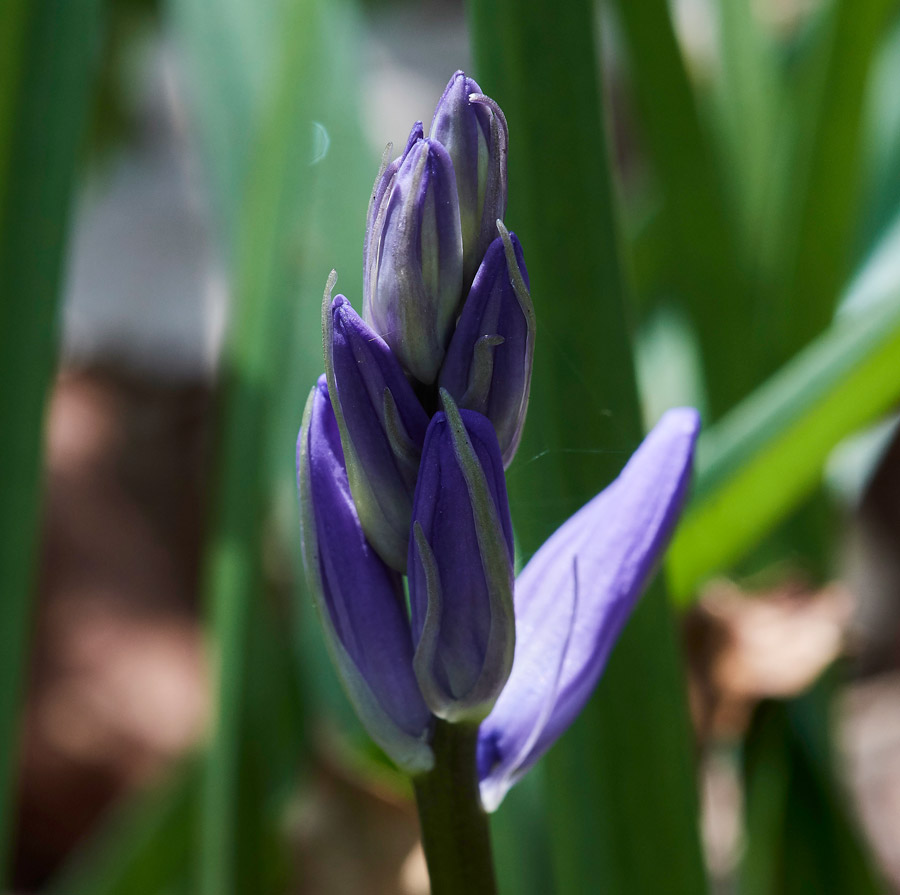
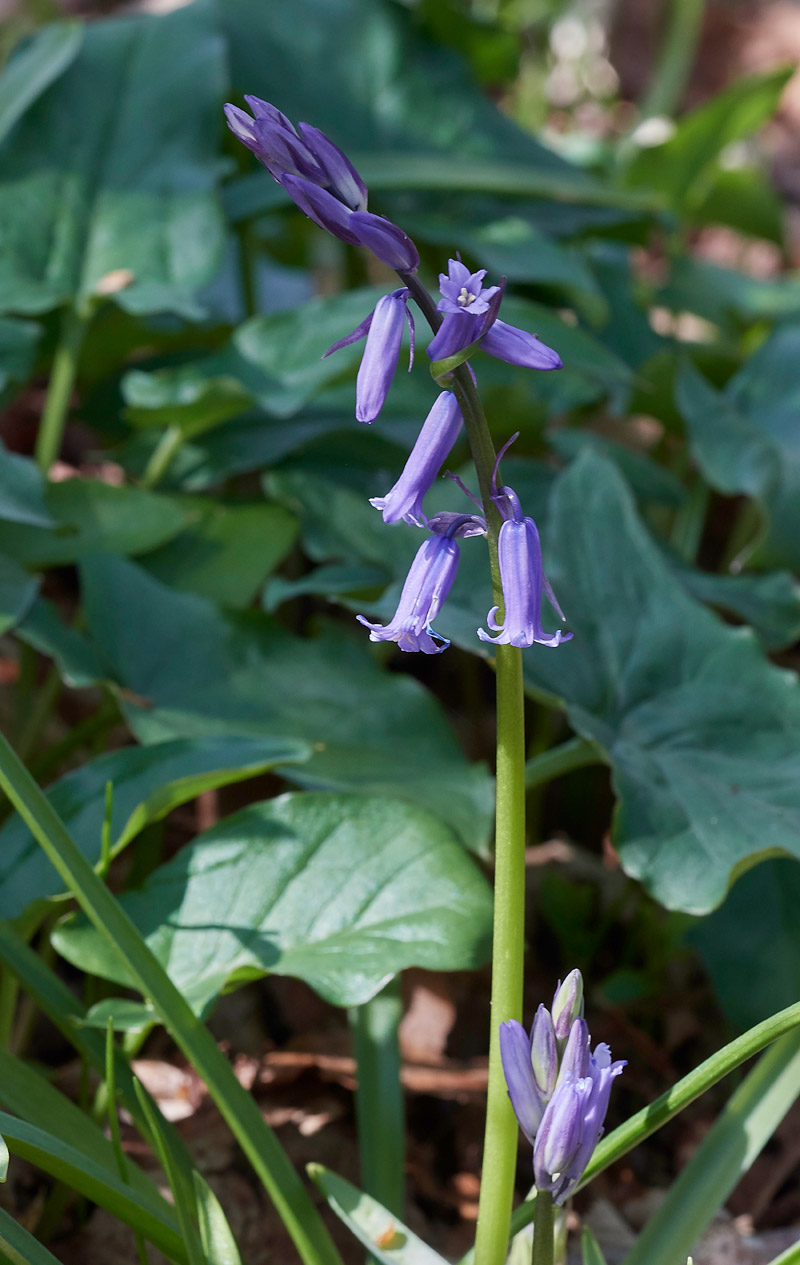
Bluebell - Hyacinthoides non - scripta just beginning to unfurl.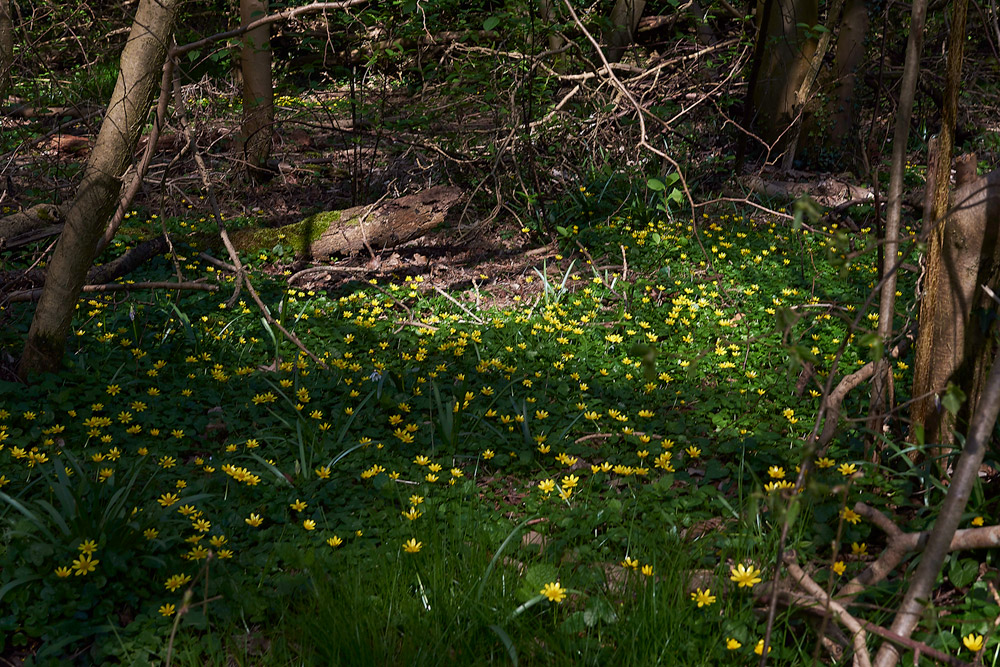
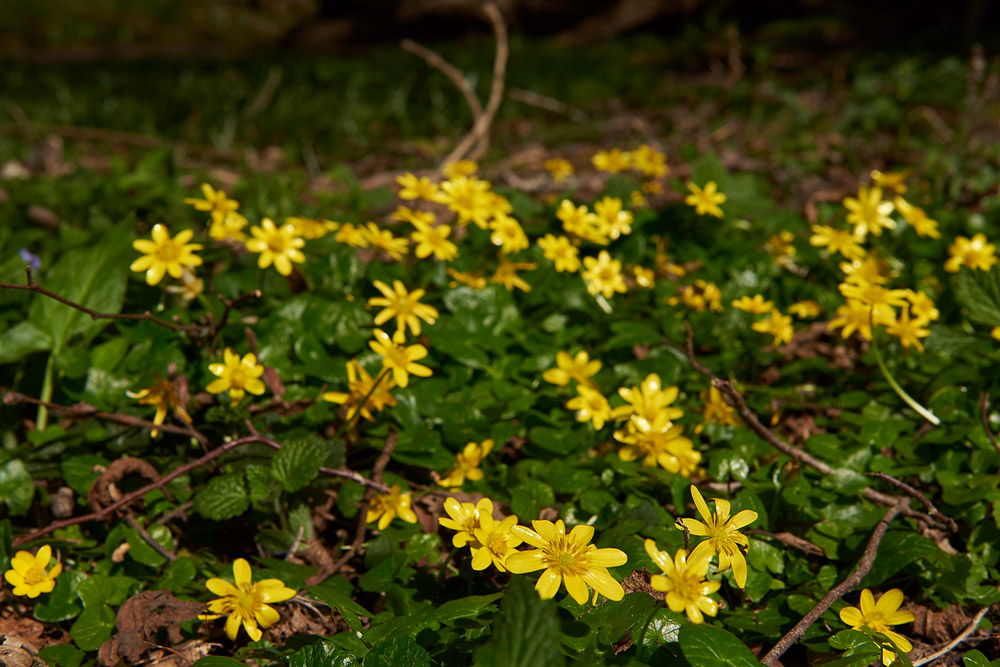
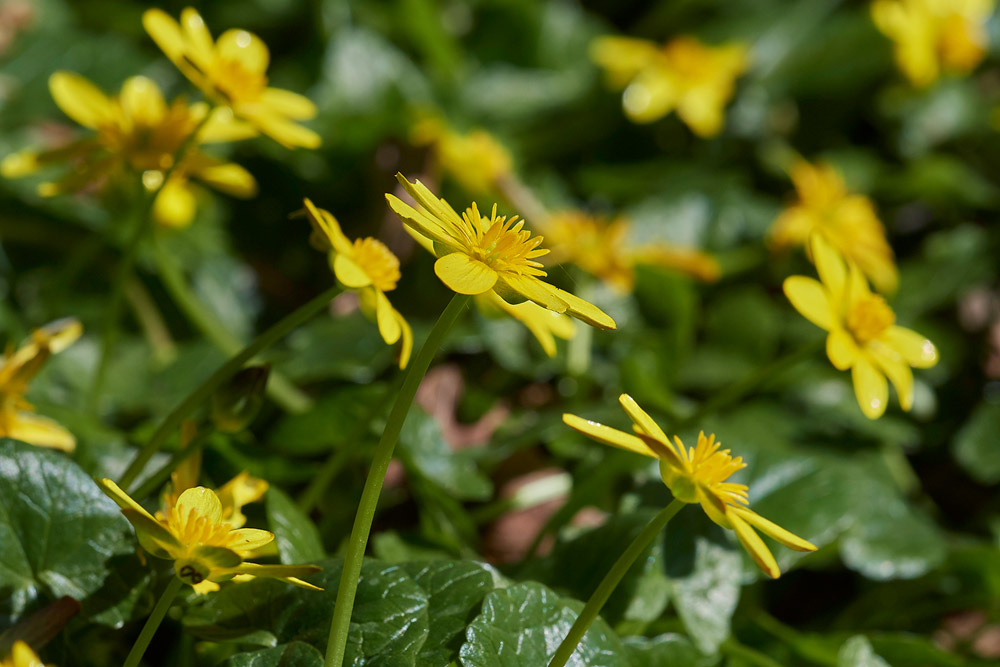
The flowers are really flat and distinctly horizontal which caught my eye.
Lesser Celandine - Ficaria verna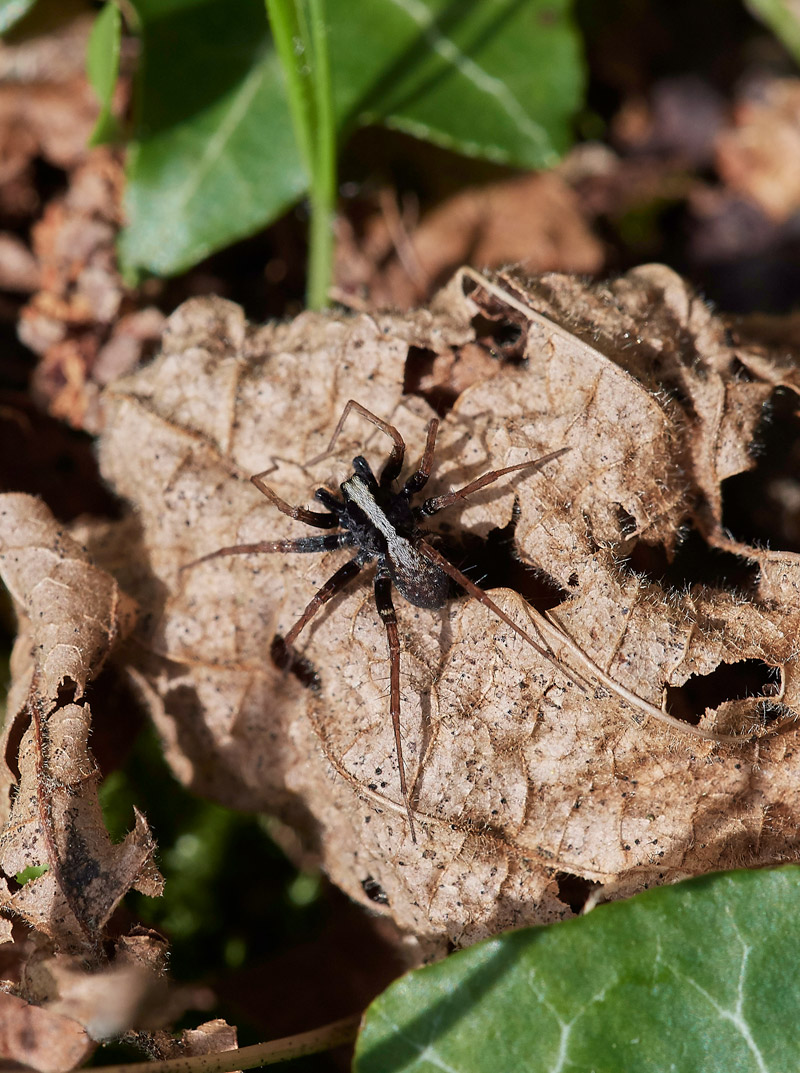
?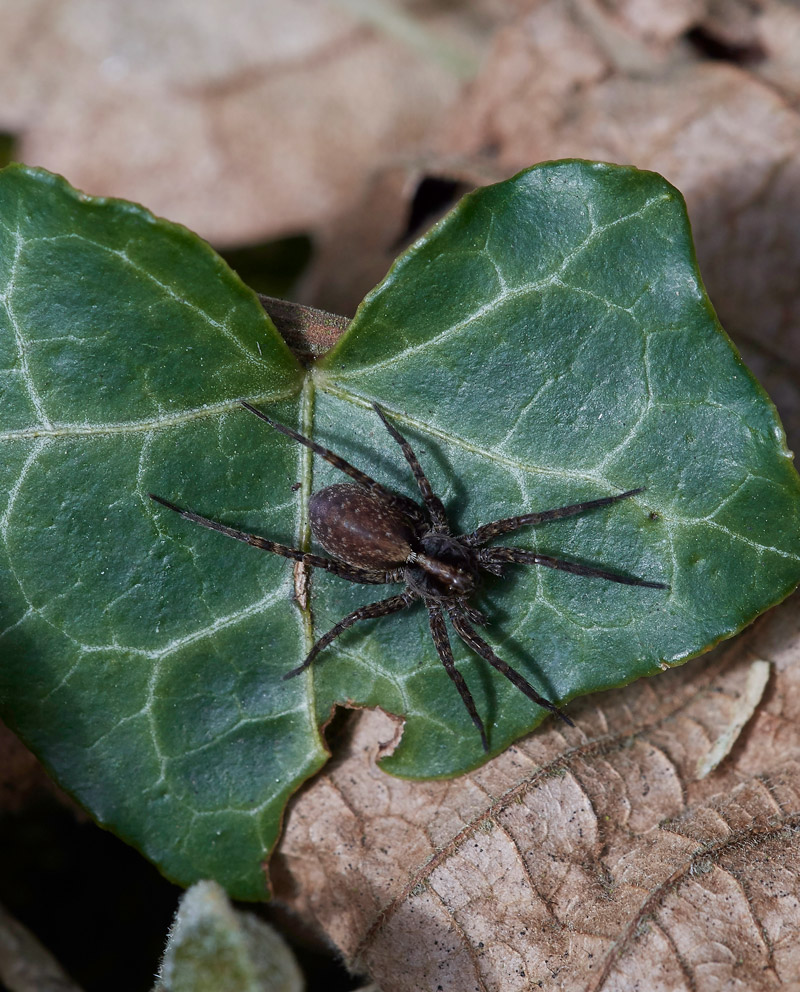
?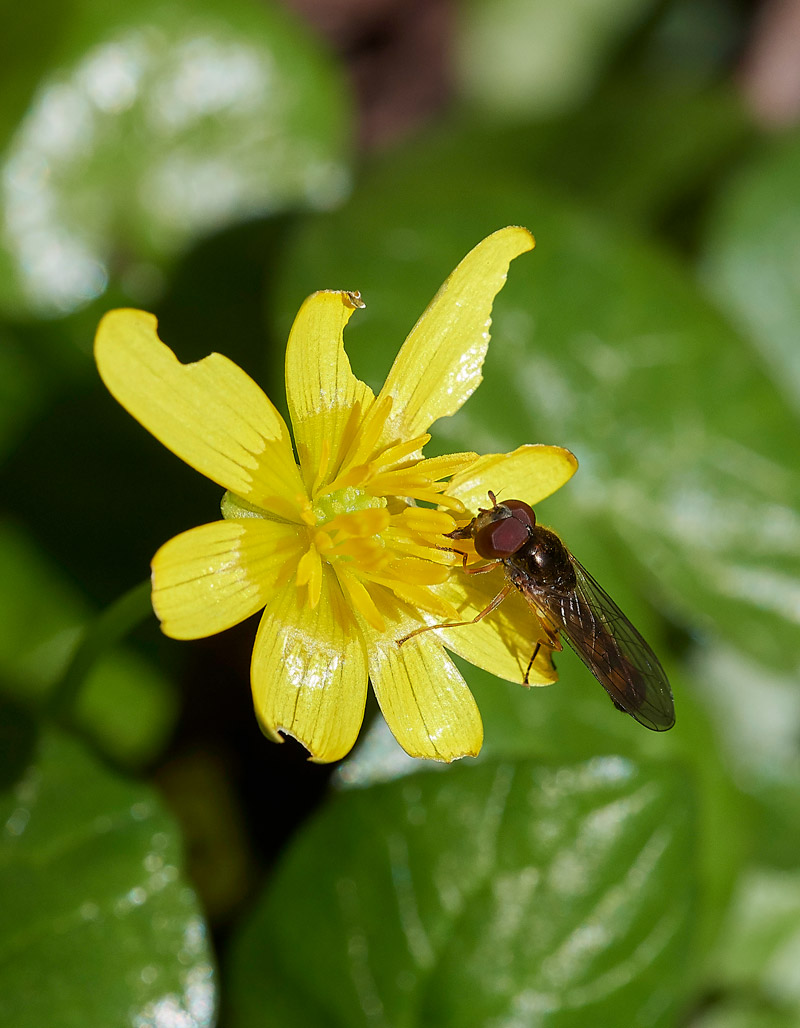
?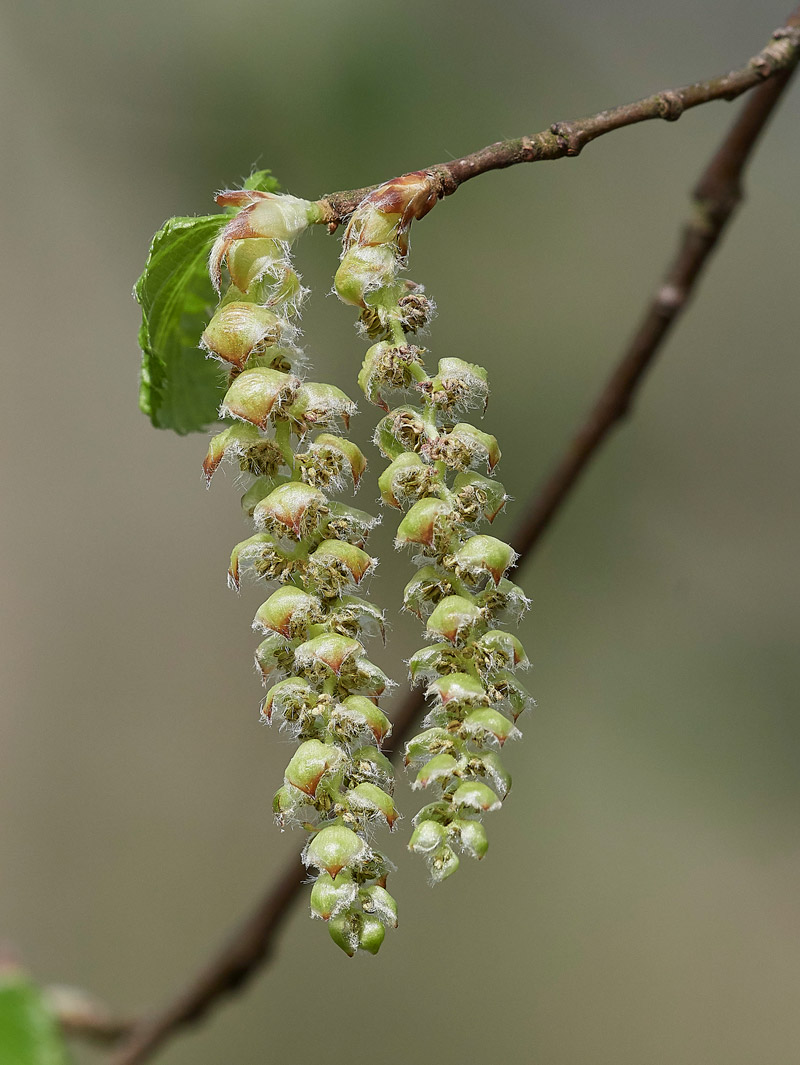
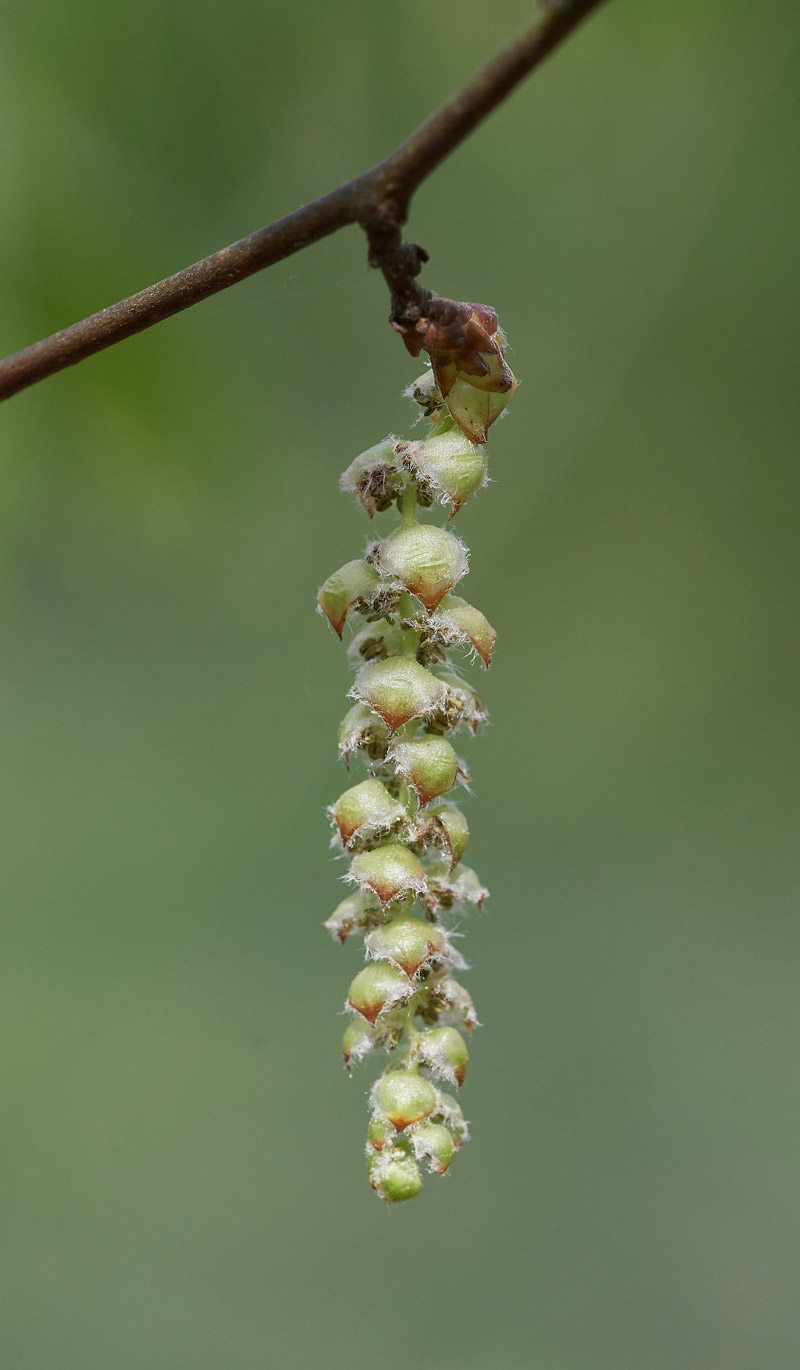
Hornbeam - Carpinus betulus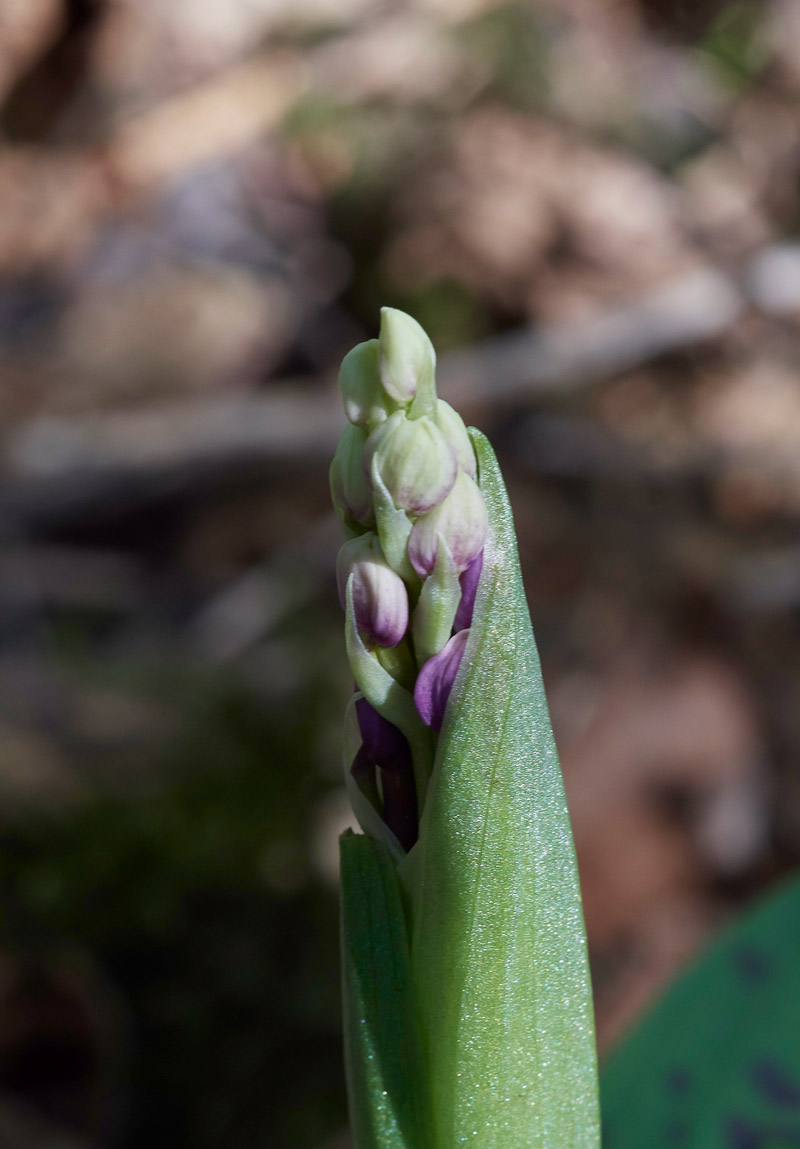
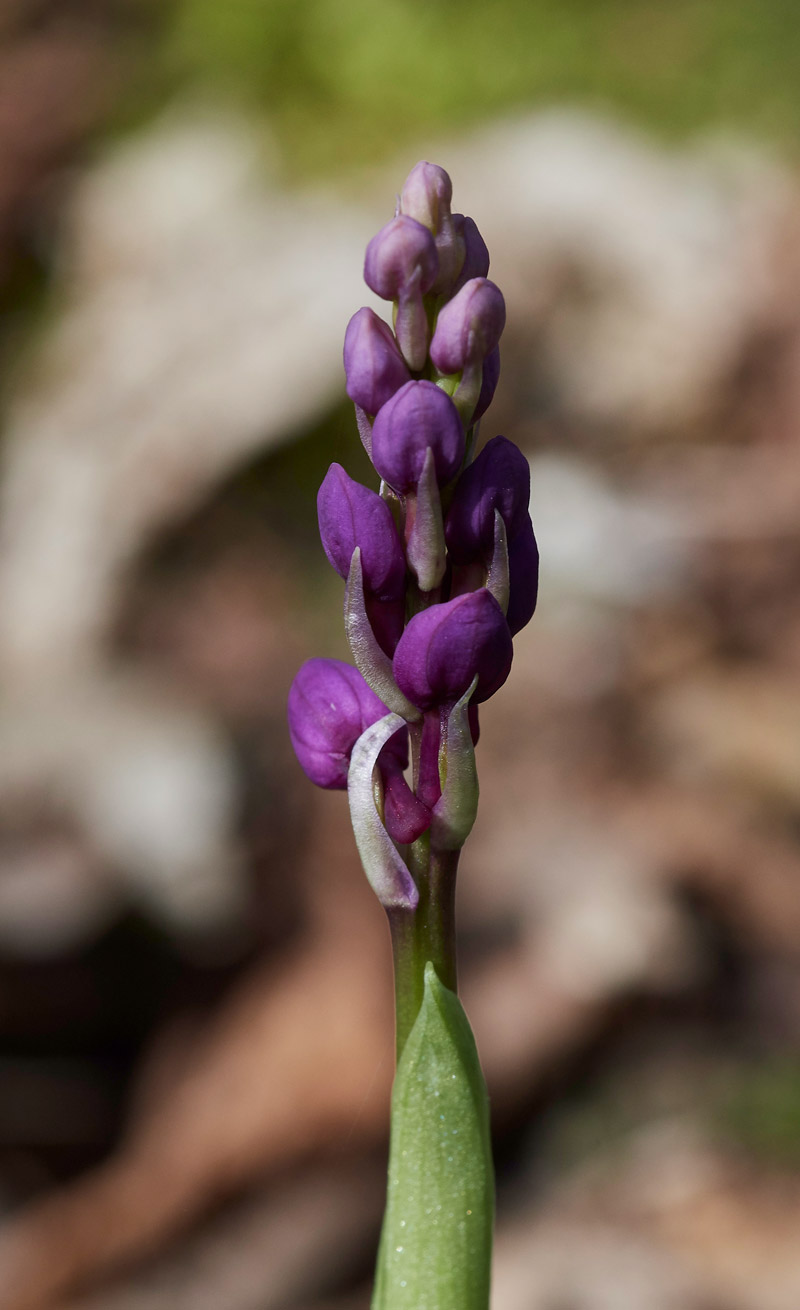
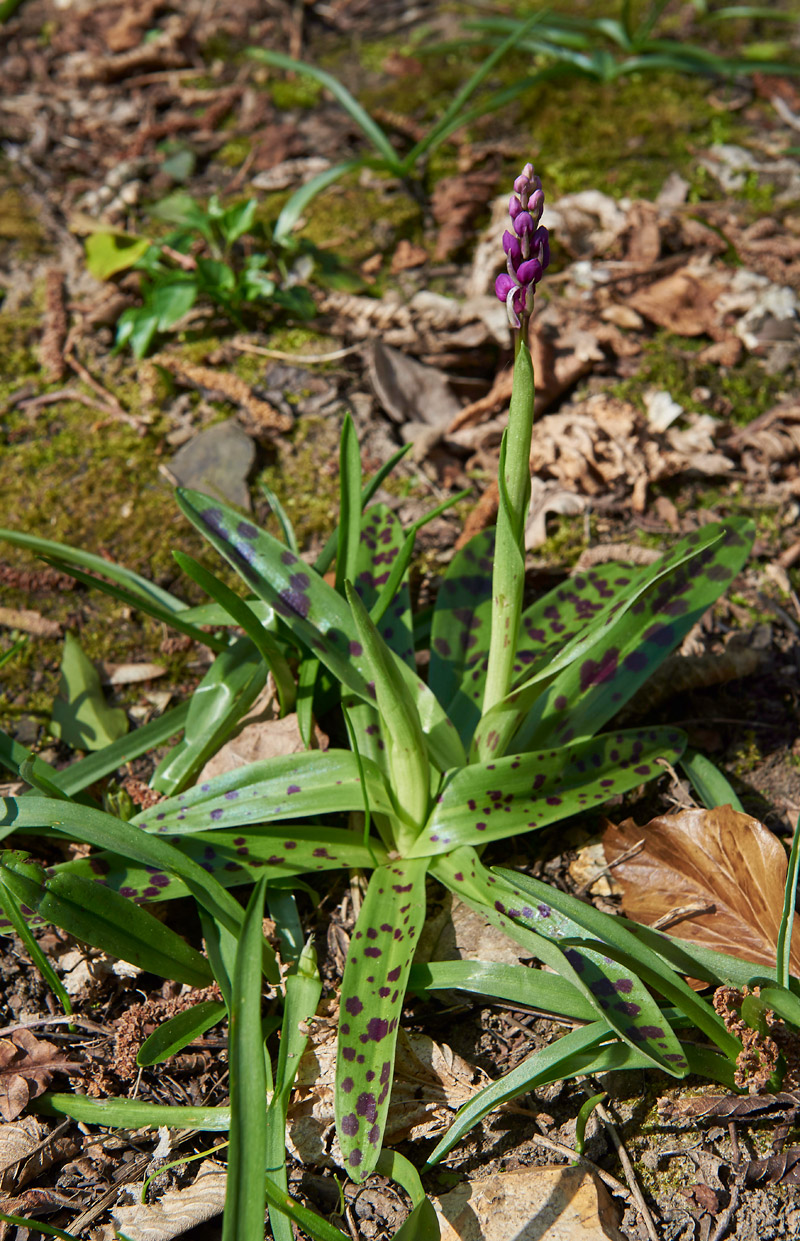

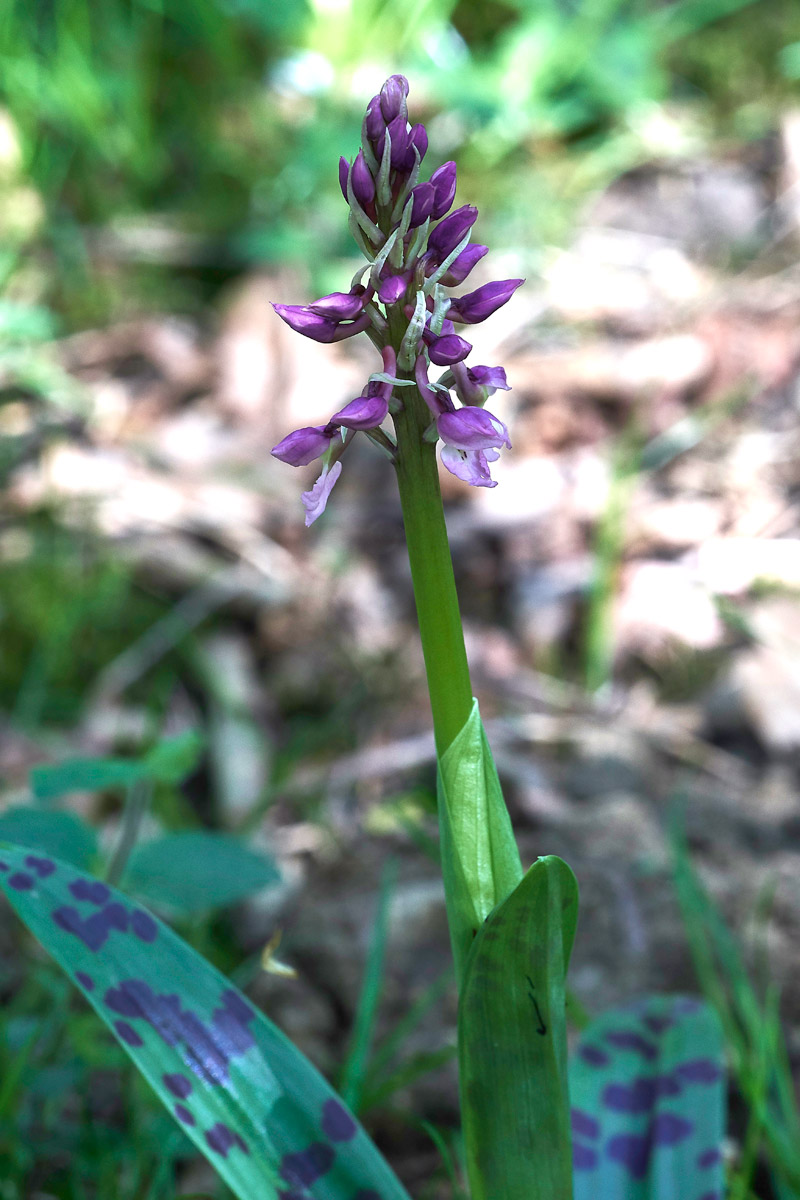
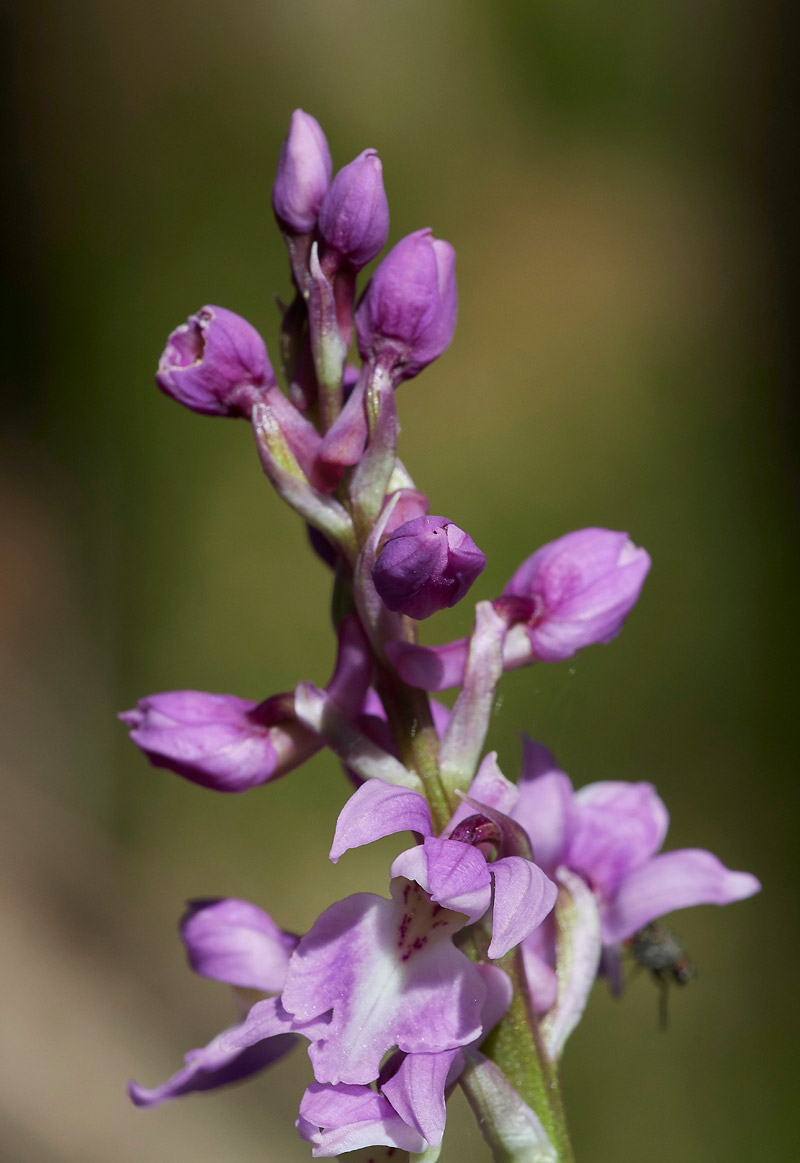
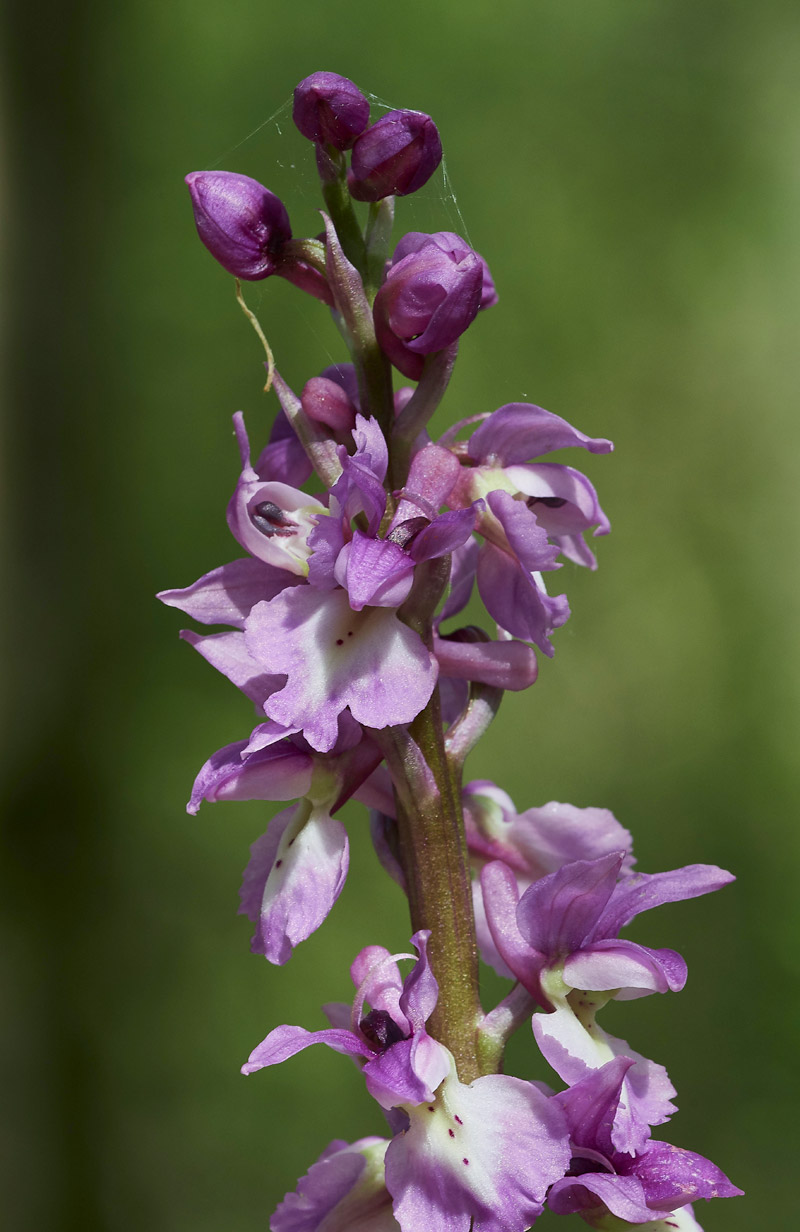
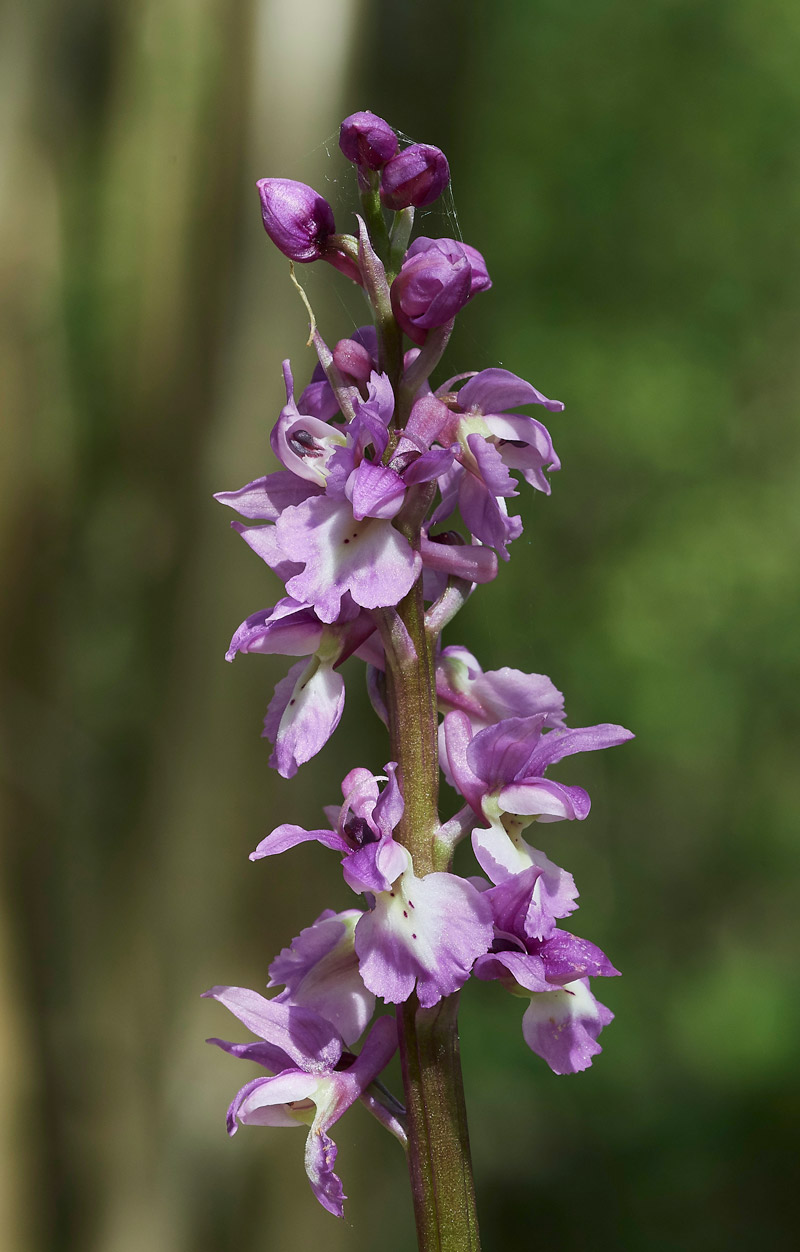
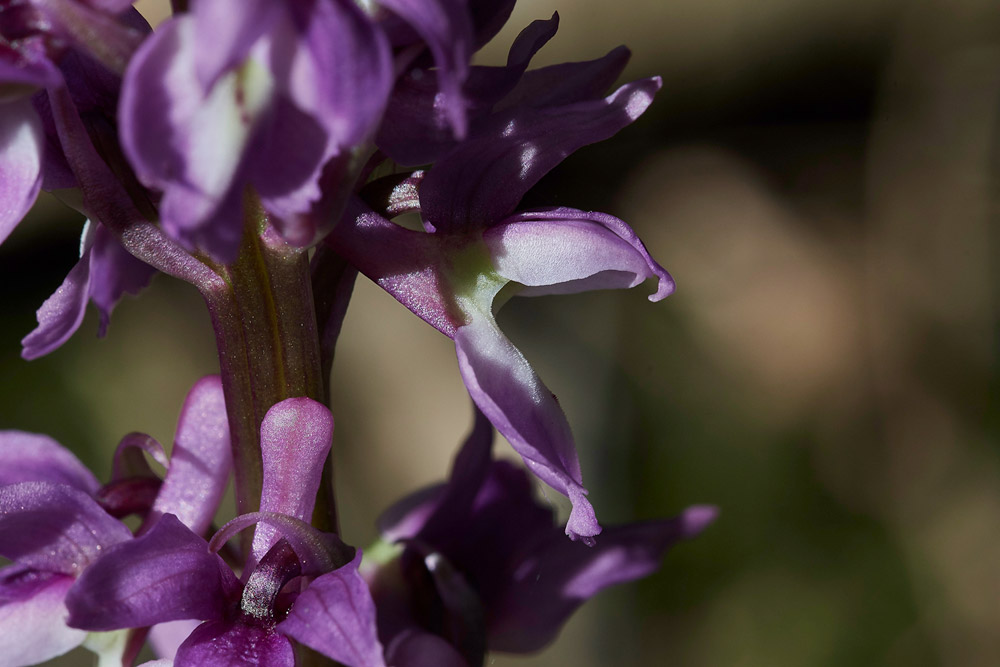
Early Purple Orchid - Orchis mascula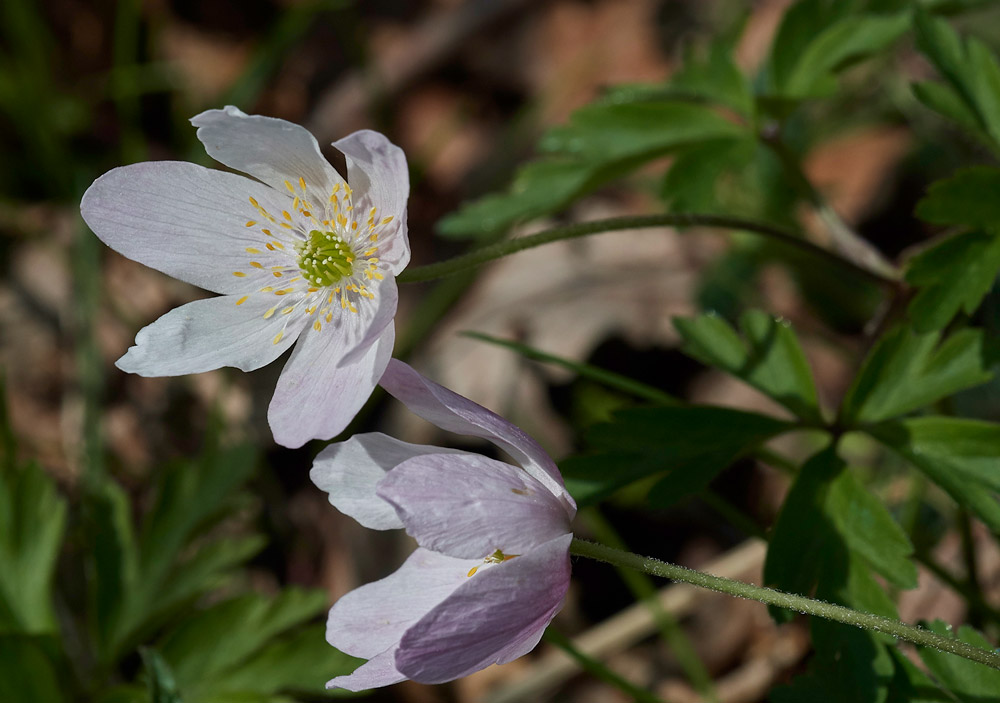
A pink shade of Wood Anemone - Anemone nemorosa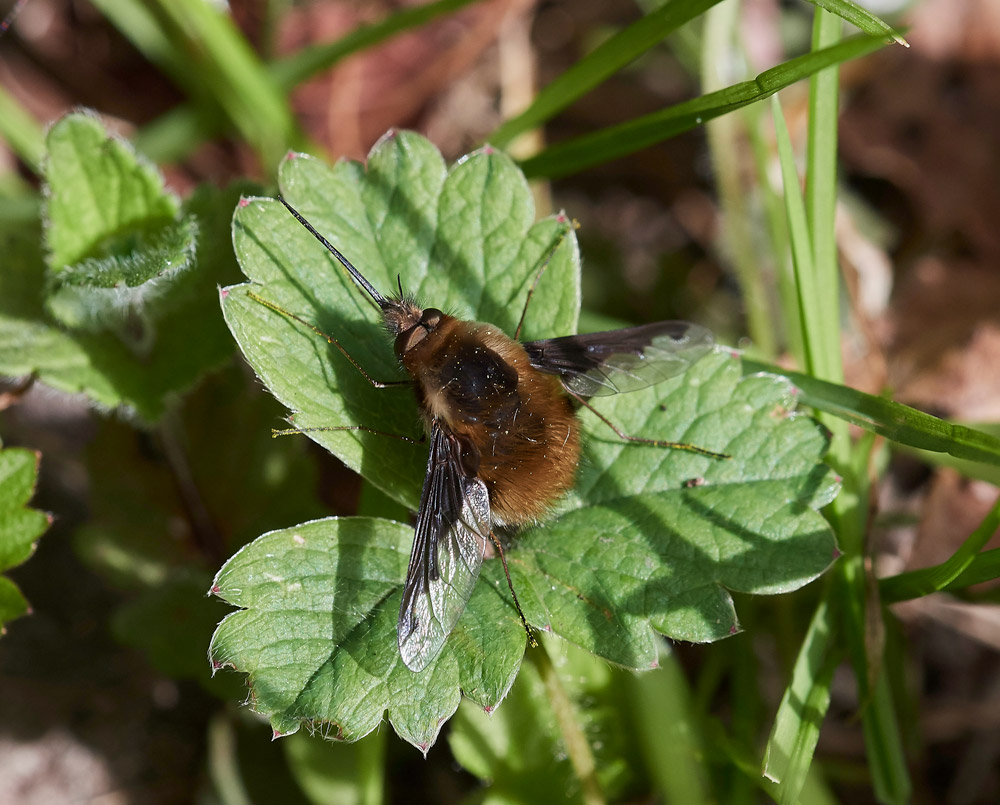
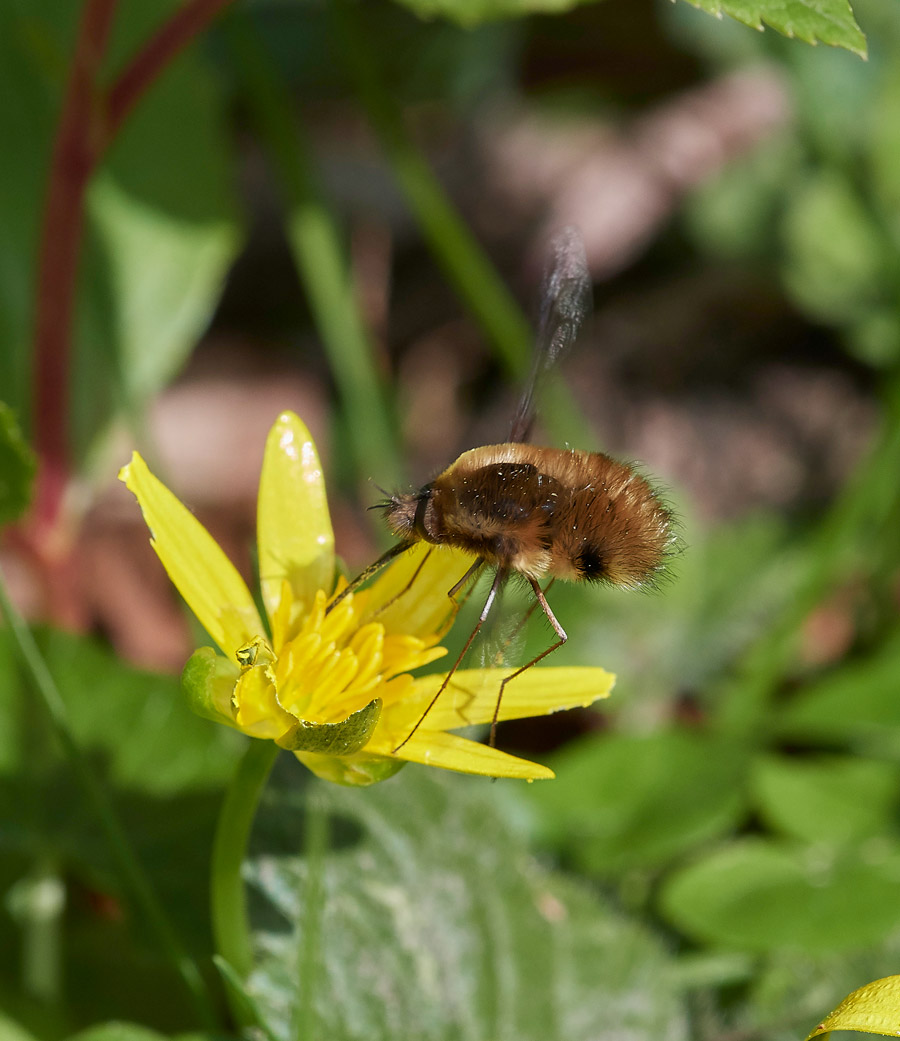

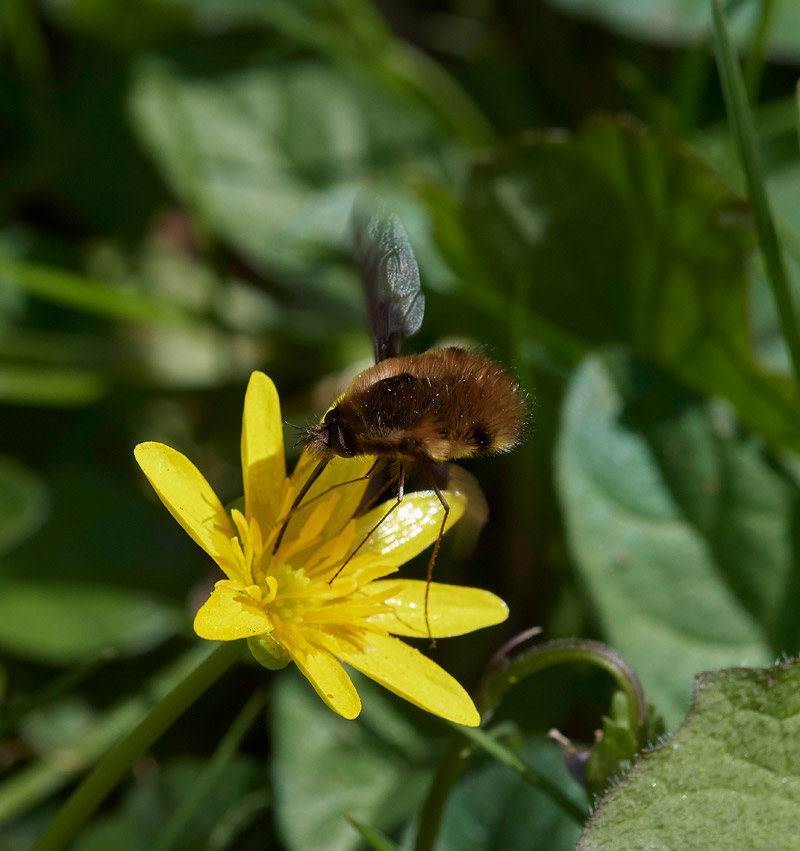
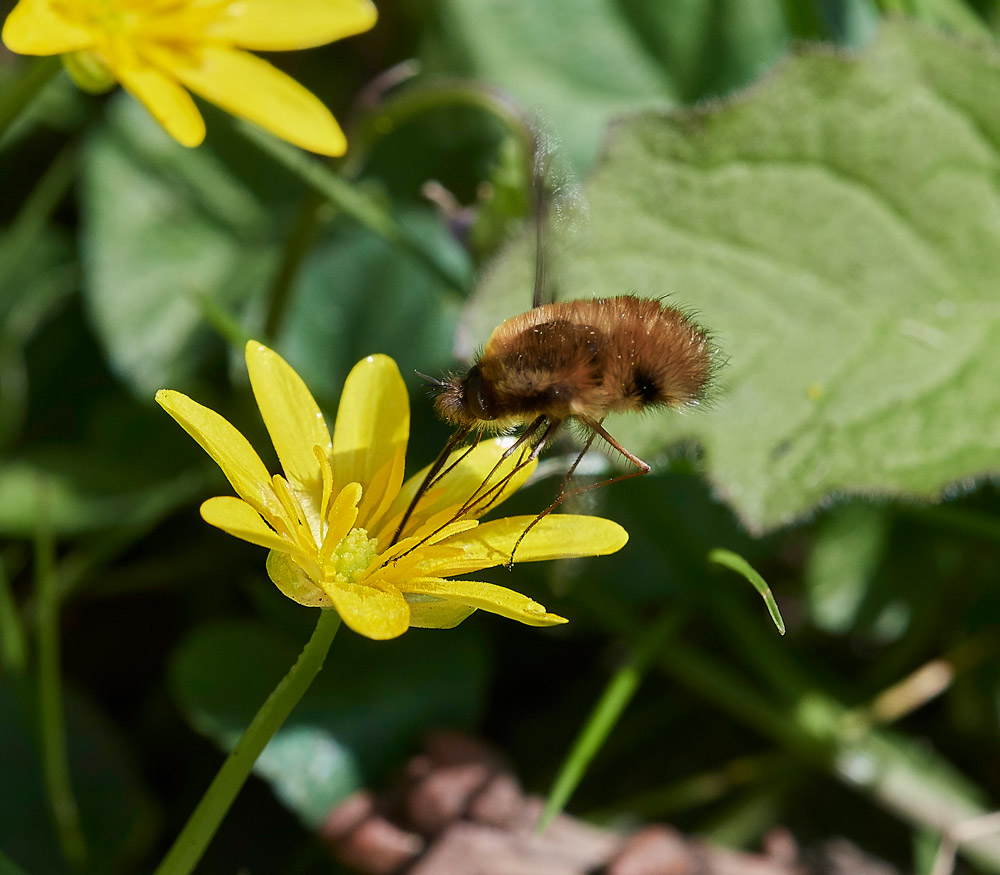
Couldn't get over the long legs and how the fly can angle them to get at the different plants of the flower.
The angled knee in the lower picture is extraordinary, particularly with the laid back stretch as well..
Two above that show how high it can project itself. A bit like a cat stretching or an old citroen safari with the air suspension.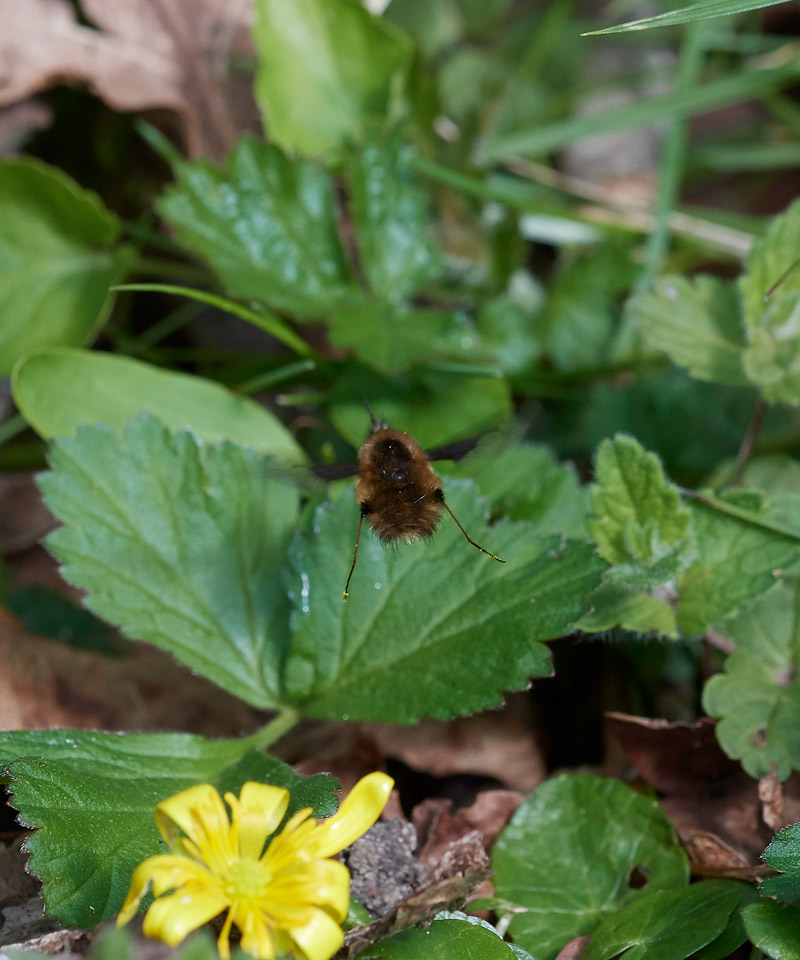
Just managed a picture of the back legs extended. They are very quick to tuck them in when they land on something.
Large Bee-fly - Bombylius major supping on the Celandines.
Bee-fly life cycle form the Dipterists forum
Most amazing the way the females load the eggs with dirt to camouflage the eggs and make them heavier.
This allows the female to flick them into the burrows of Solitary Mining bees.
The hatched Bee-fly larva then eat the larva of the Mining bees
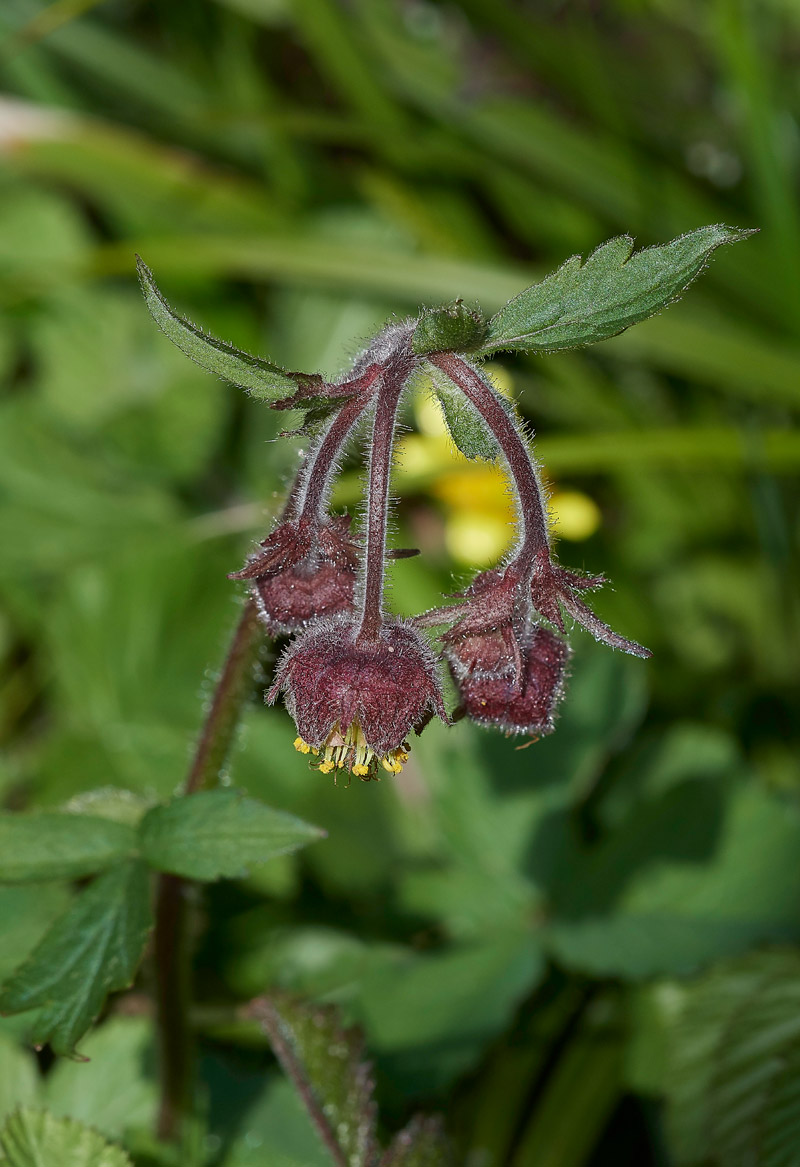
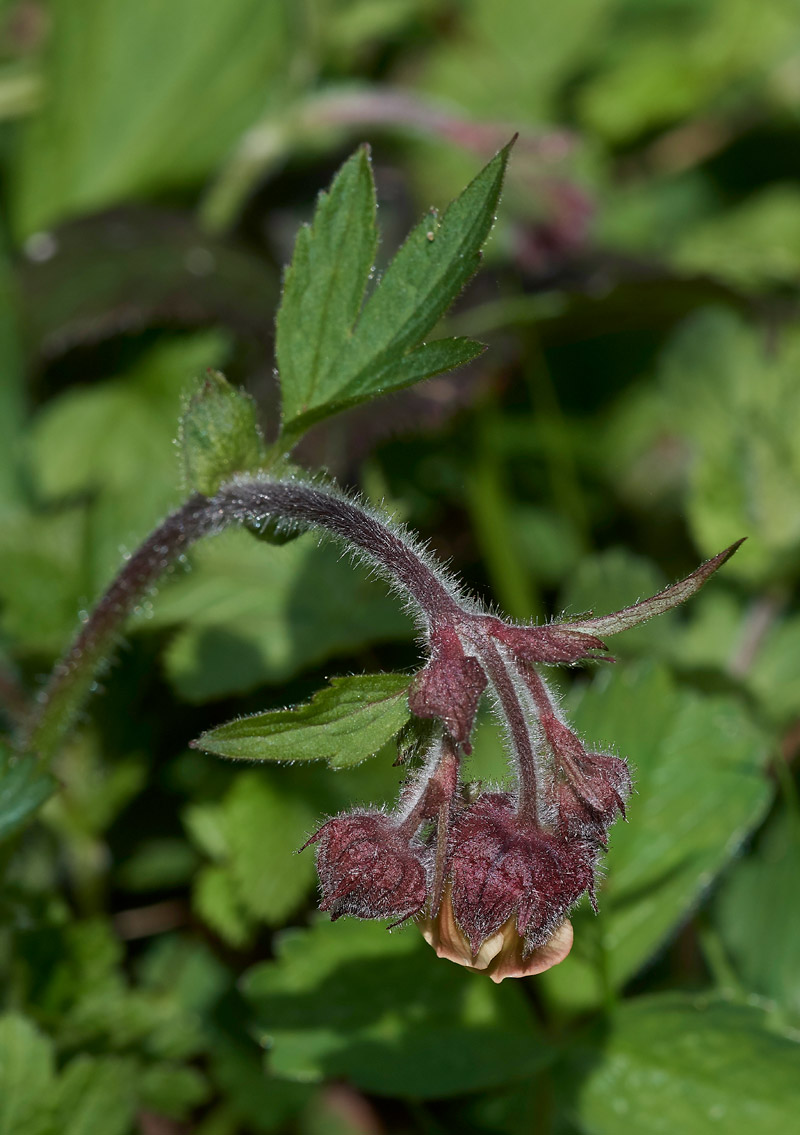
Water Avens - Geum rivale
Nodding avens, cure all, drooping avens, water flower, indian chocolate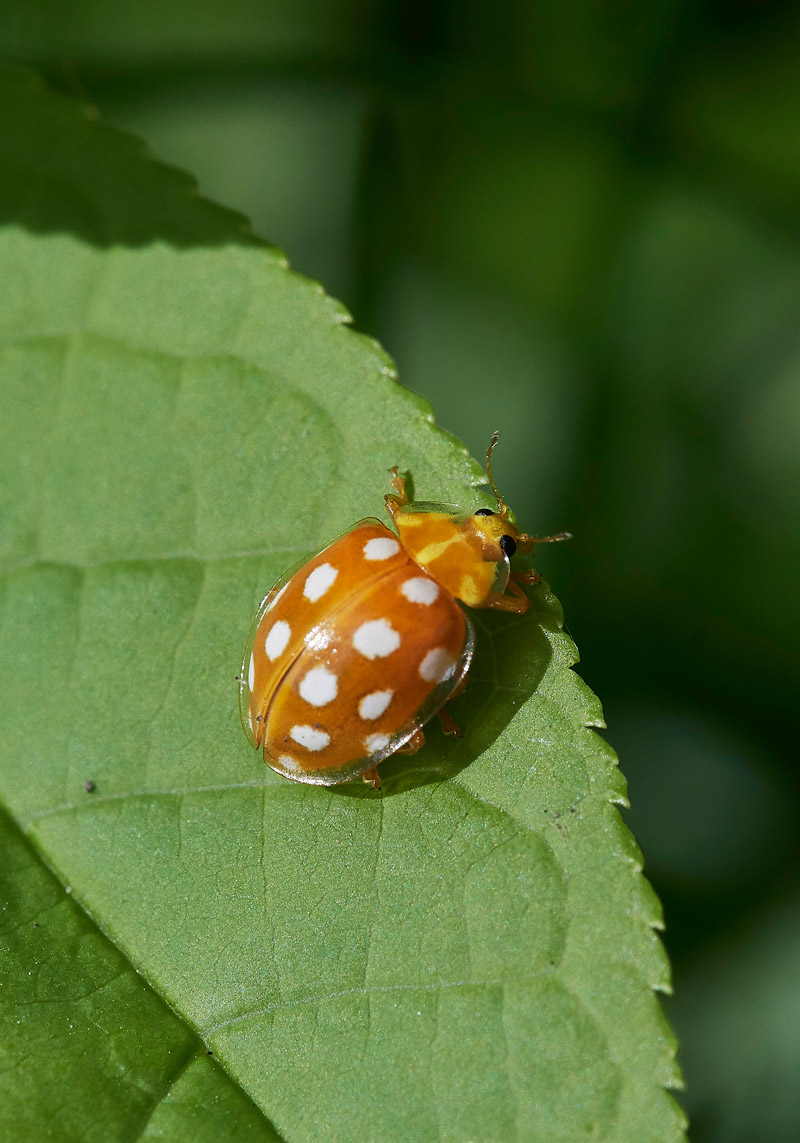
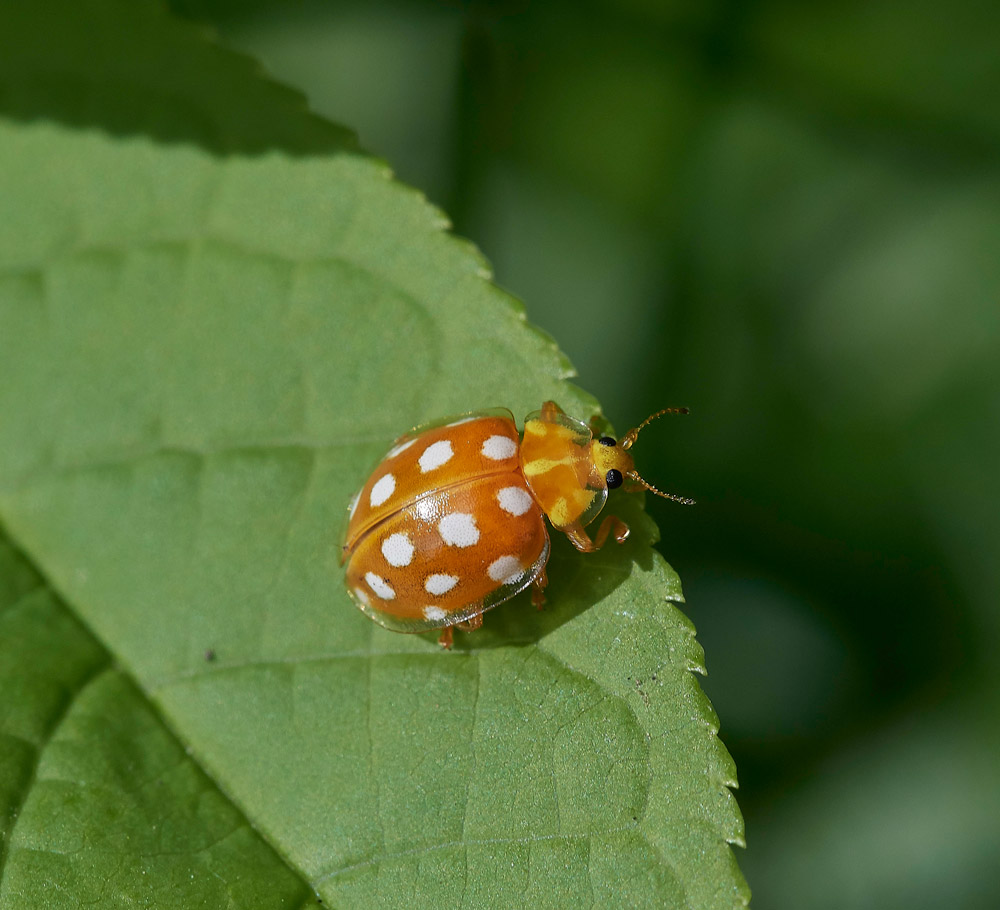
Orange Ladybird - Halyzia sedecimguttata
Apparently closely associated with Ancient Woodland in the past. Likes to feed on the mildew associated with Sycamores. But it's range is increasing as it has adapted to feed on Ash.
Orange Tip
Brimstone
Comma
Holly Blue
